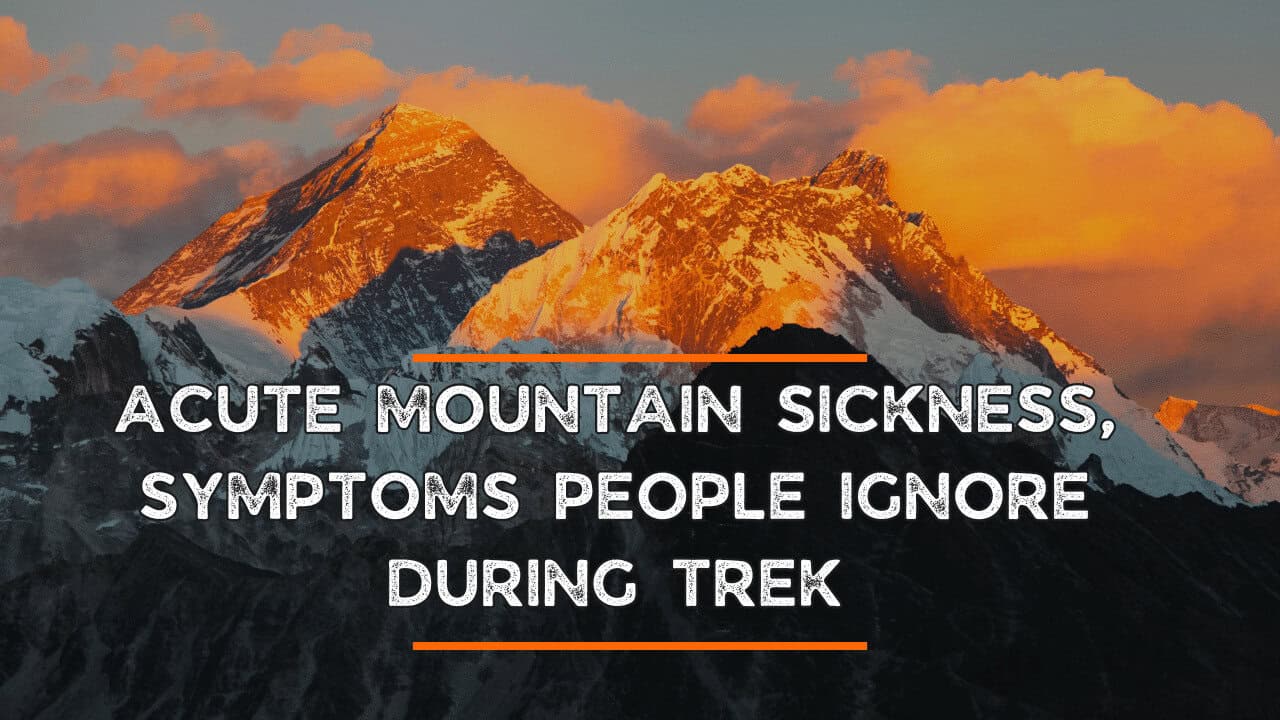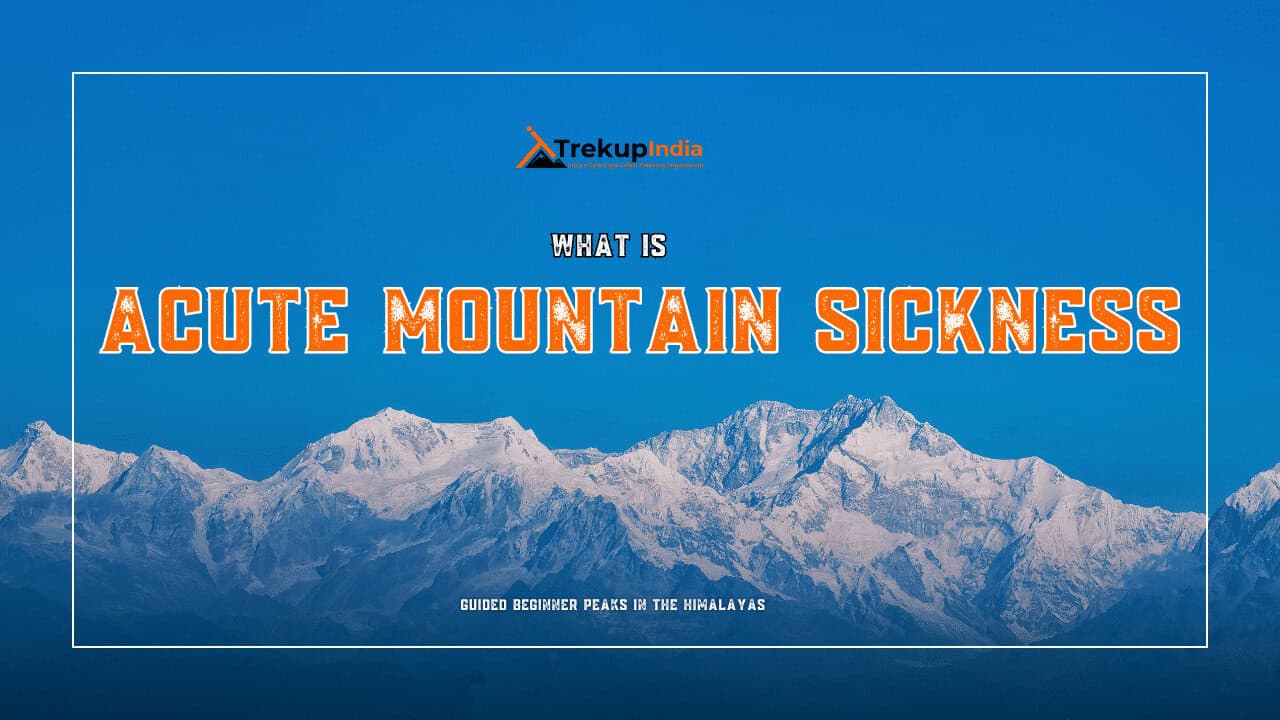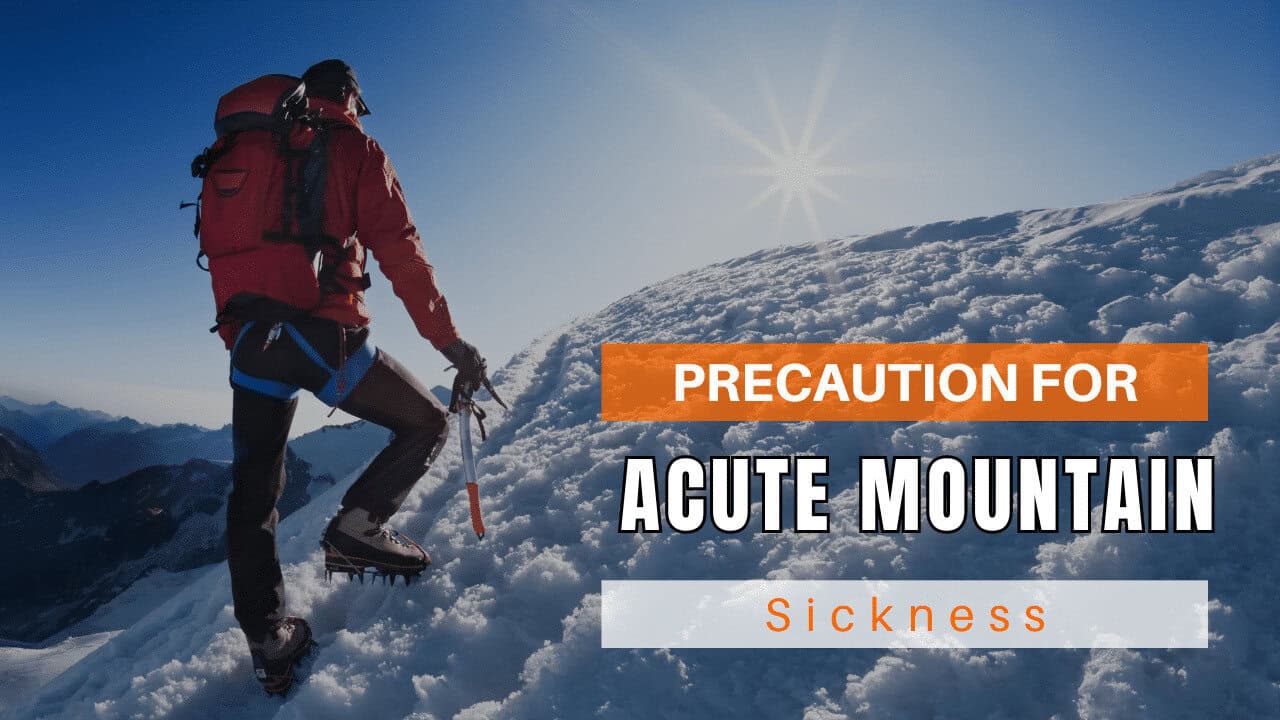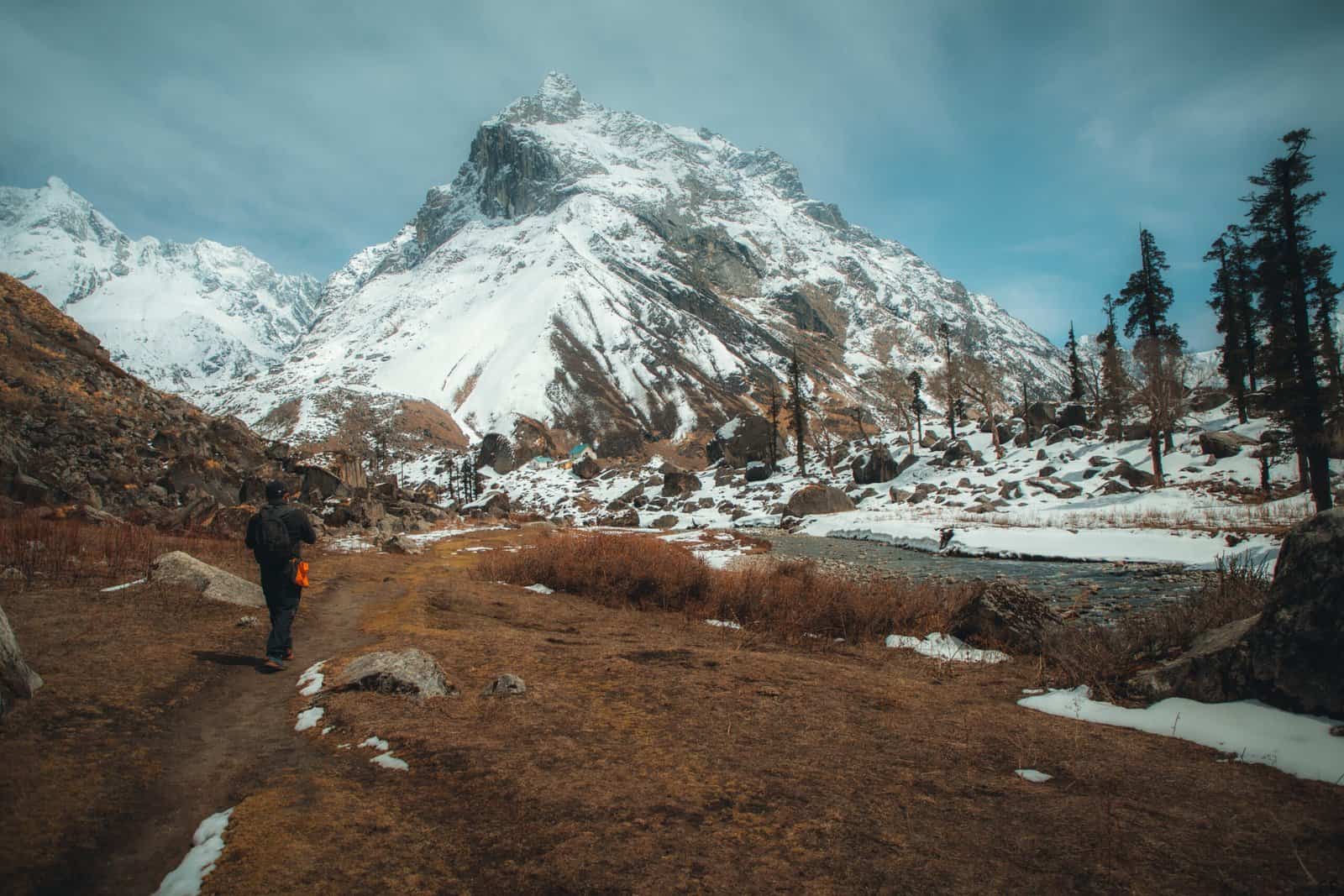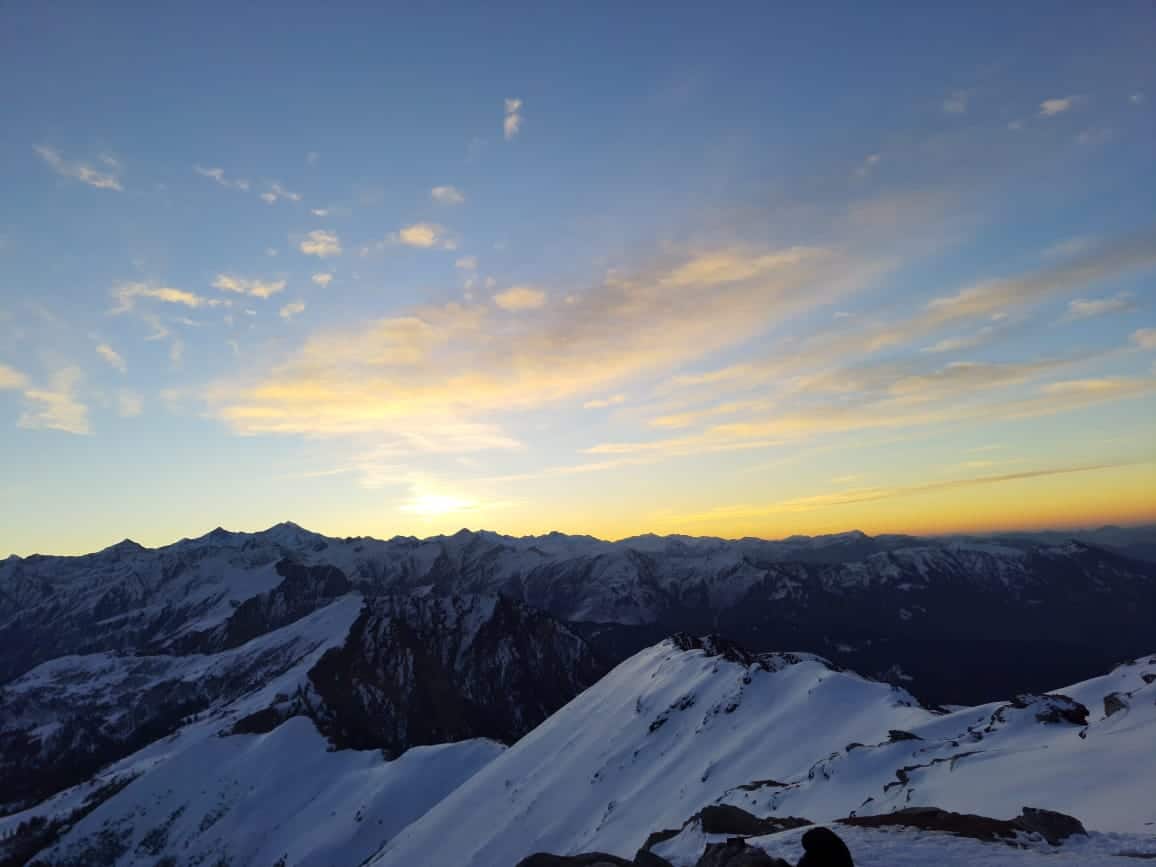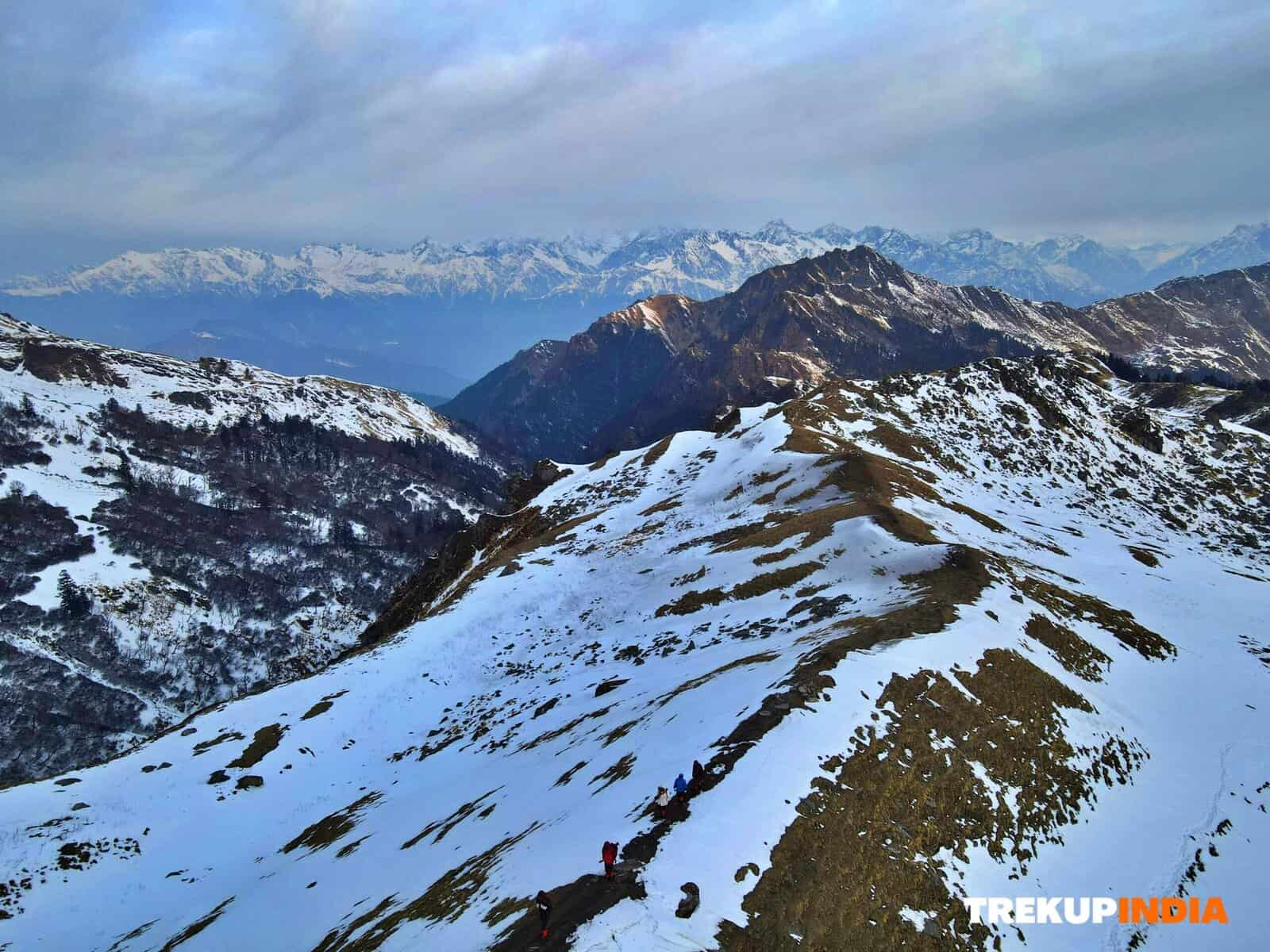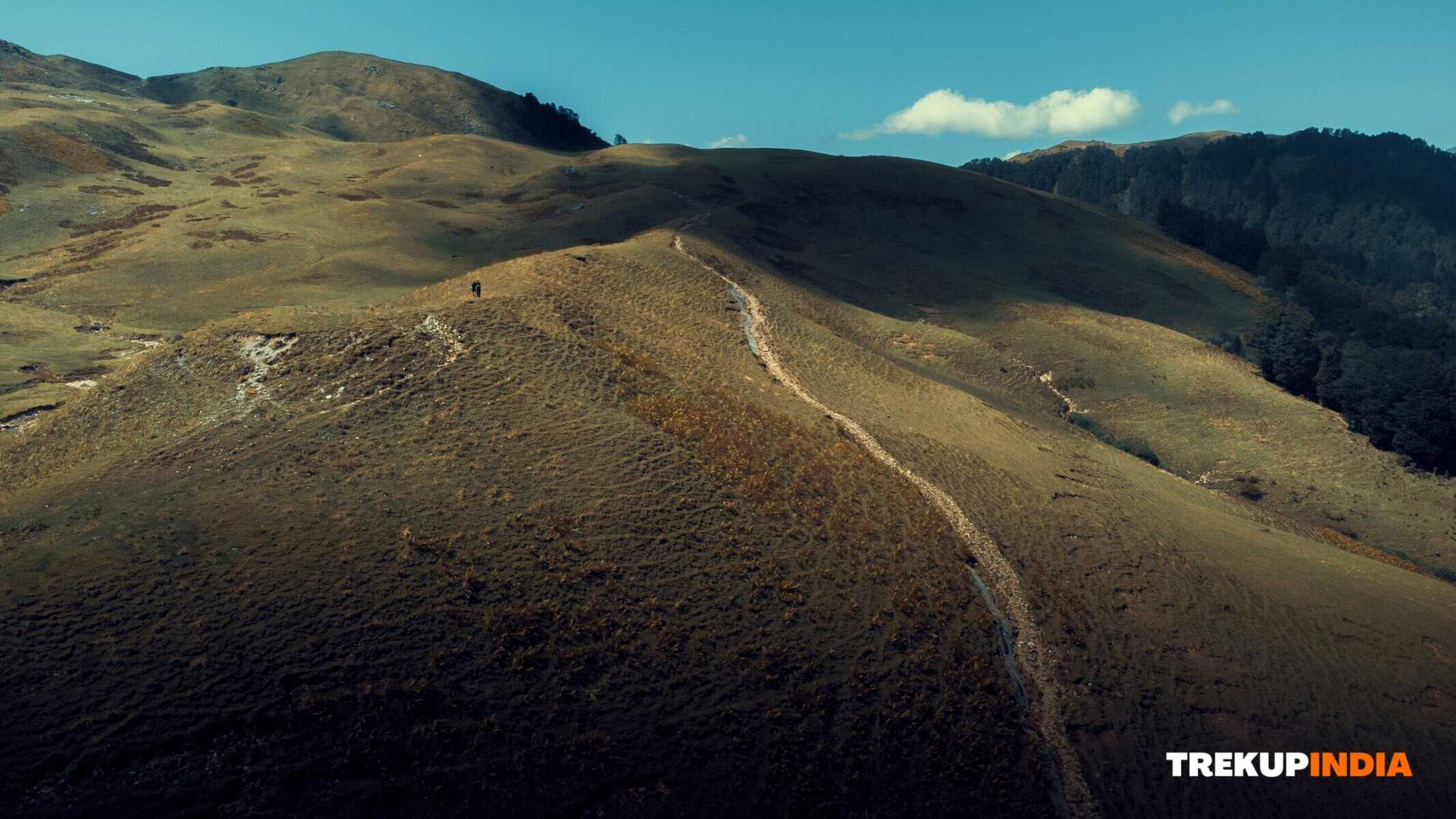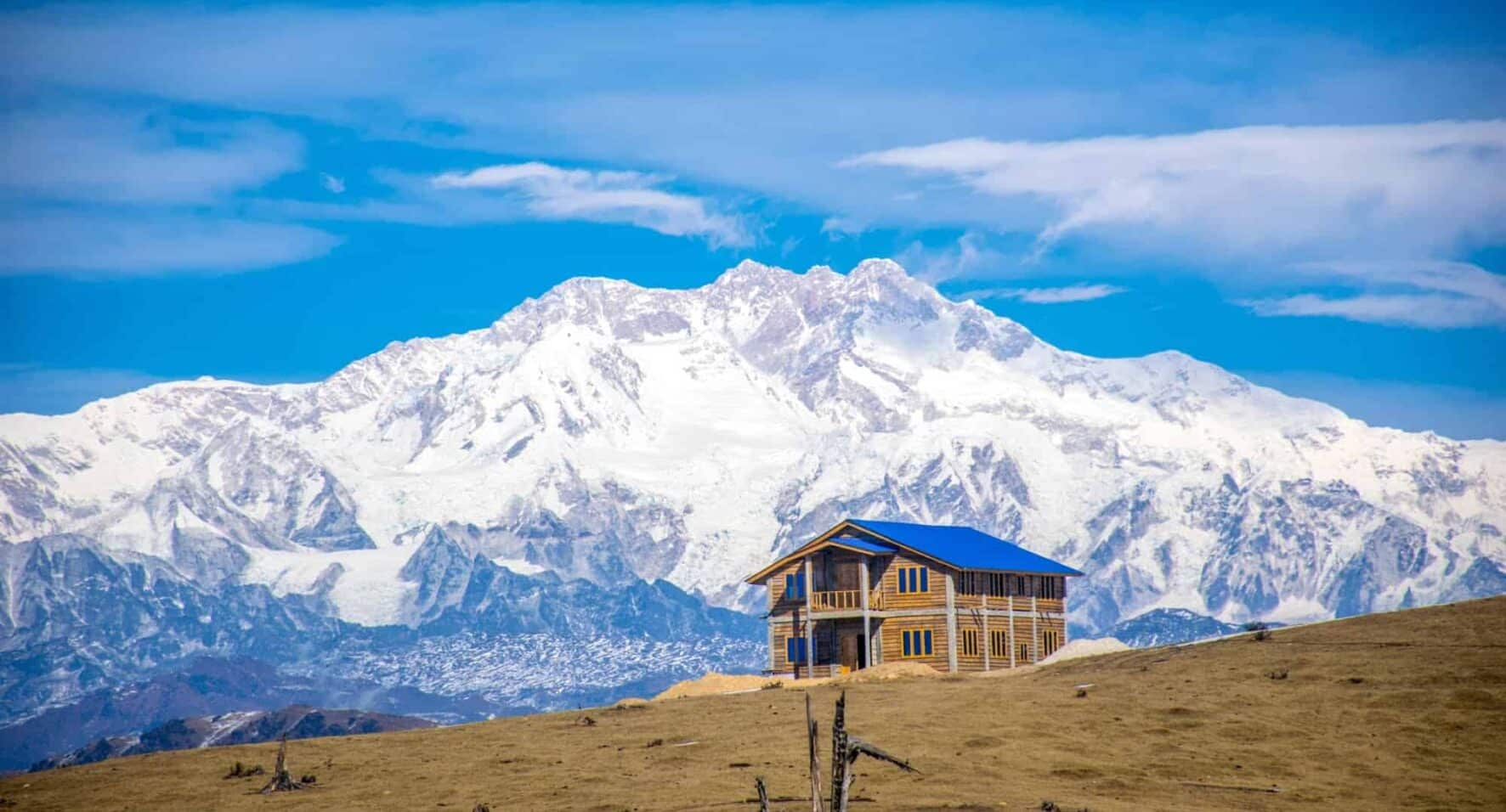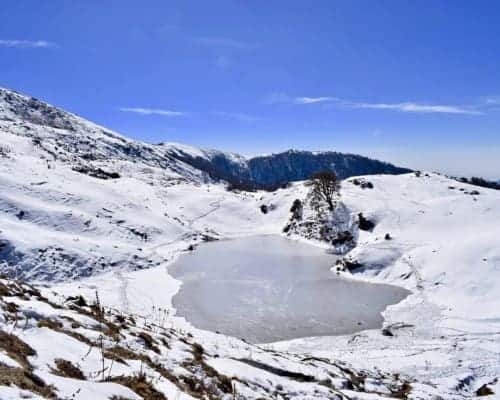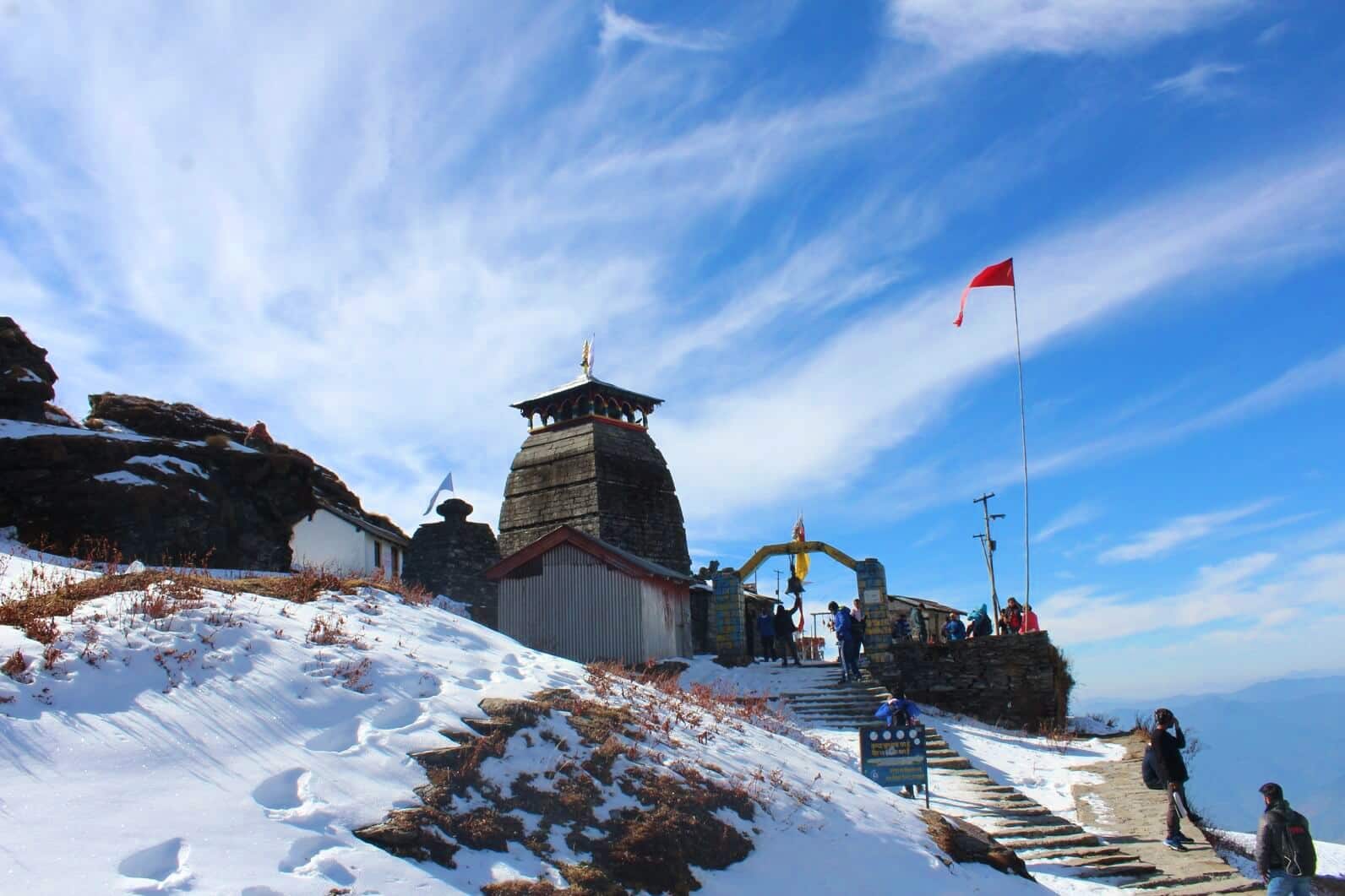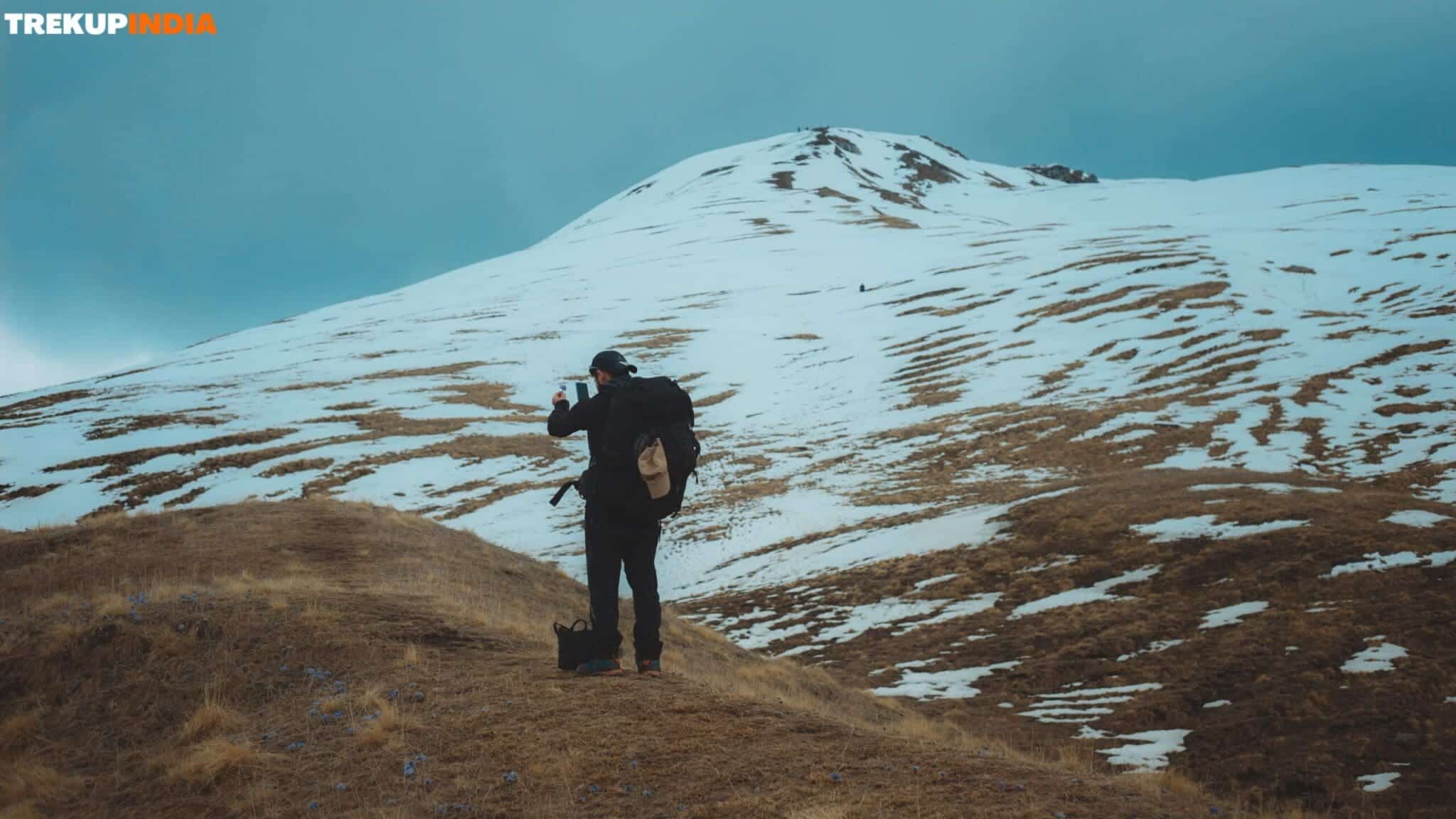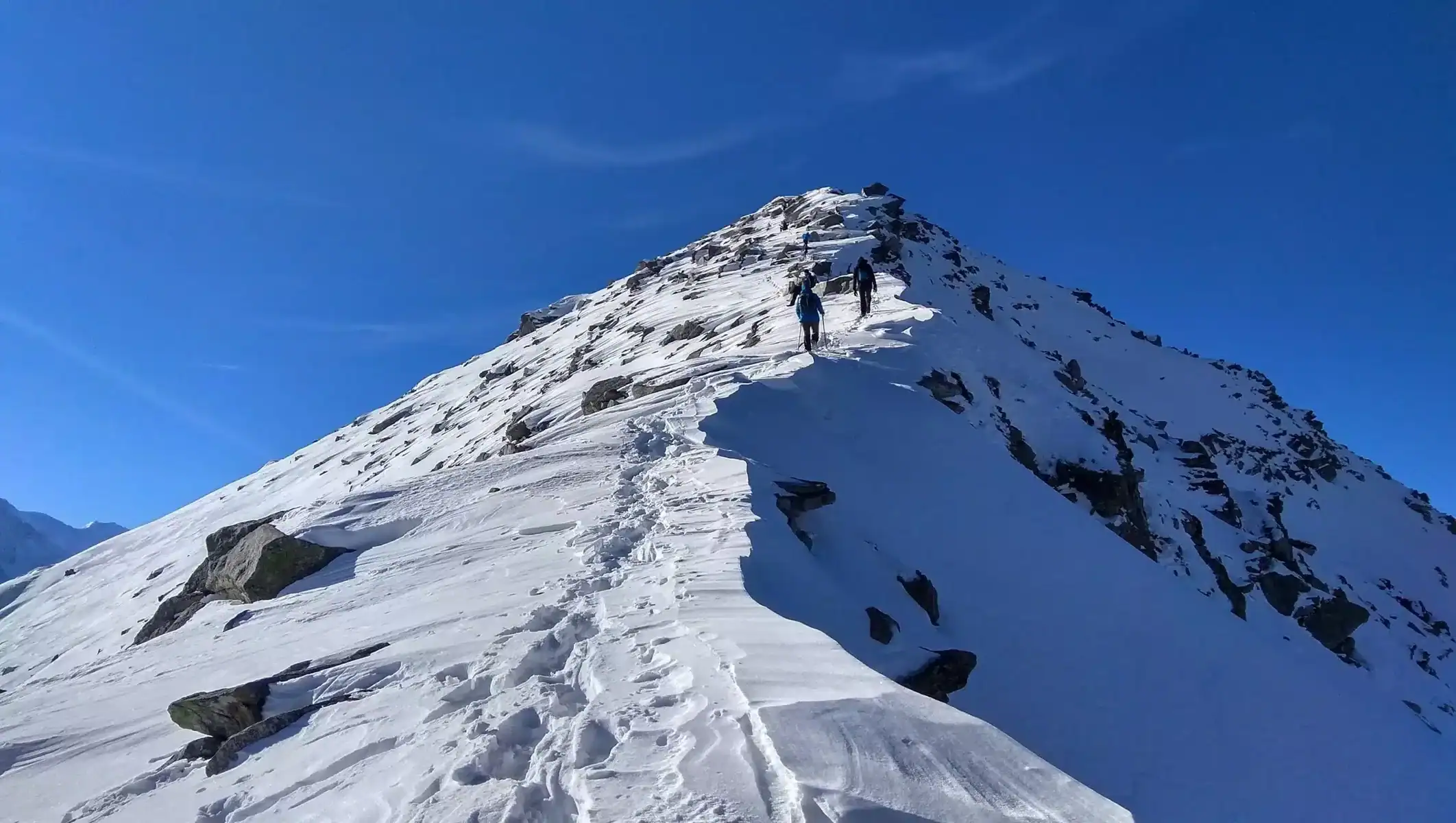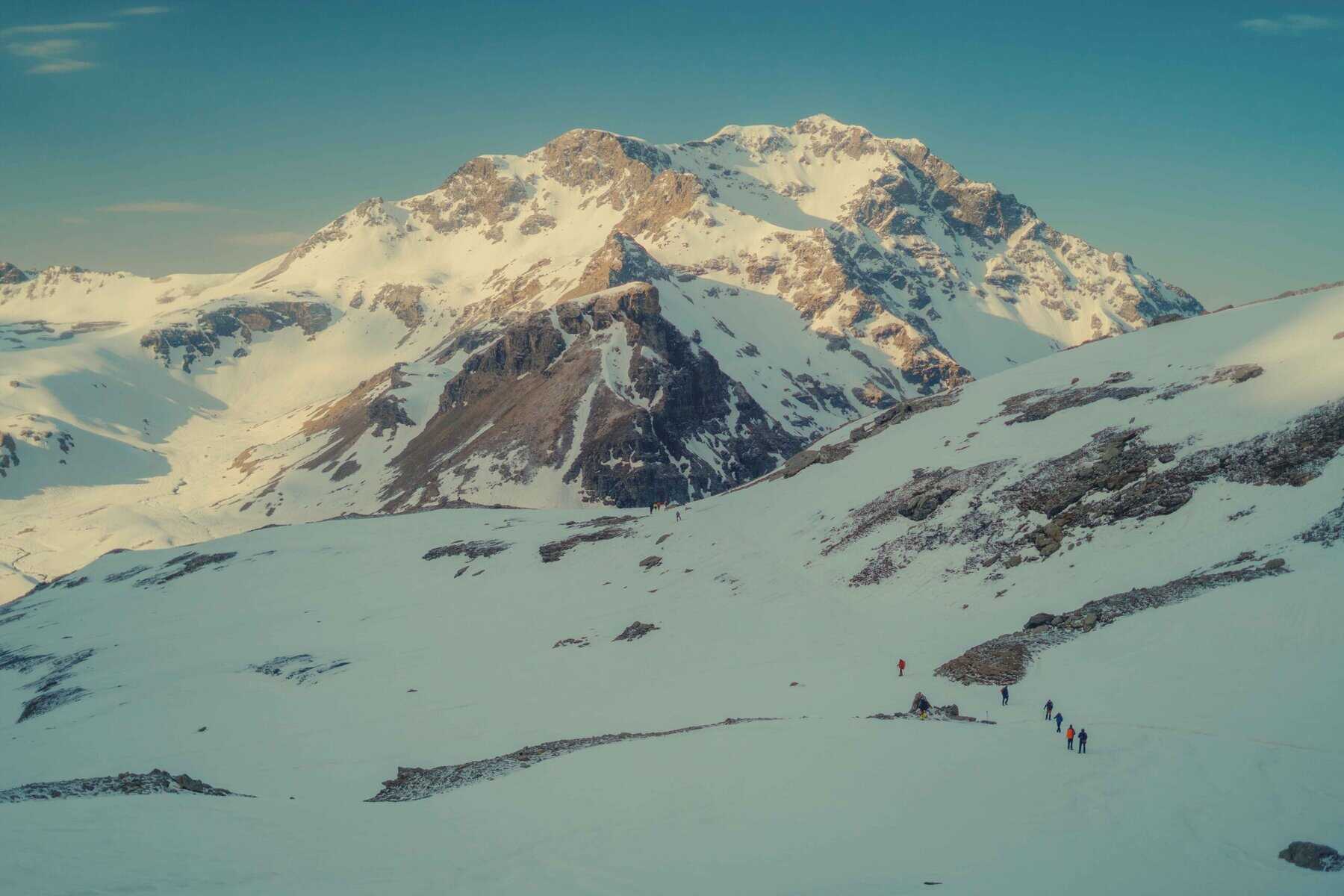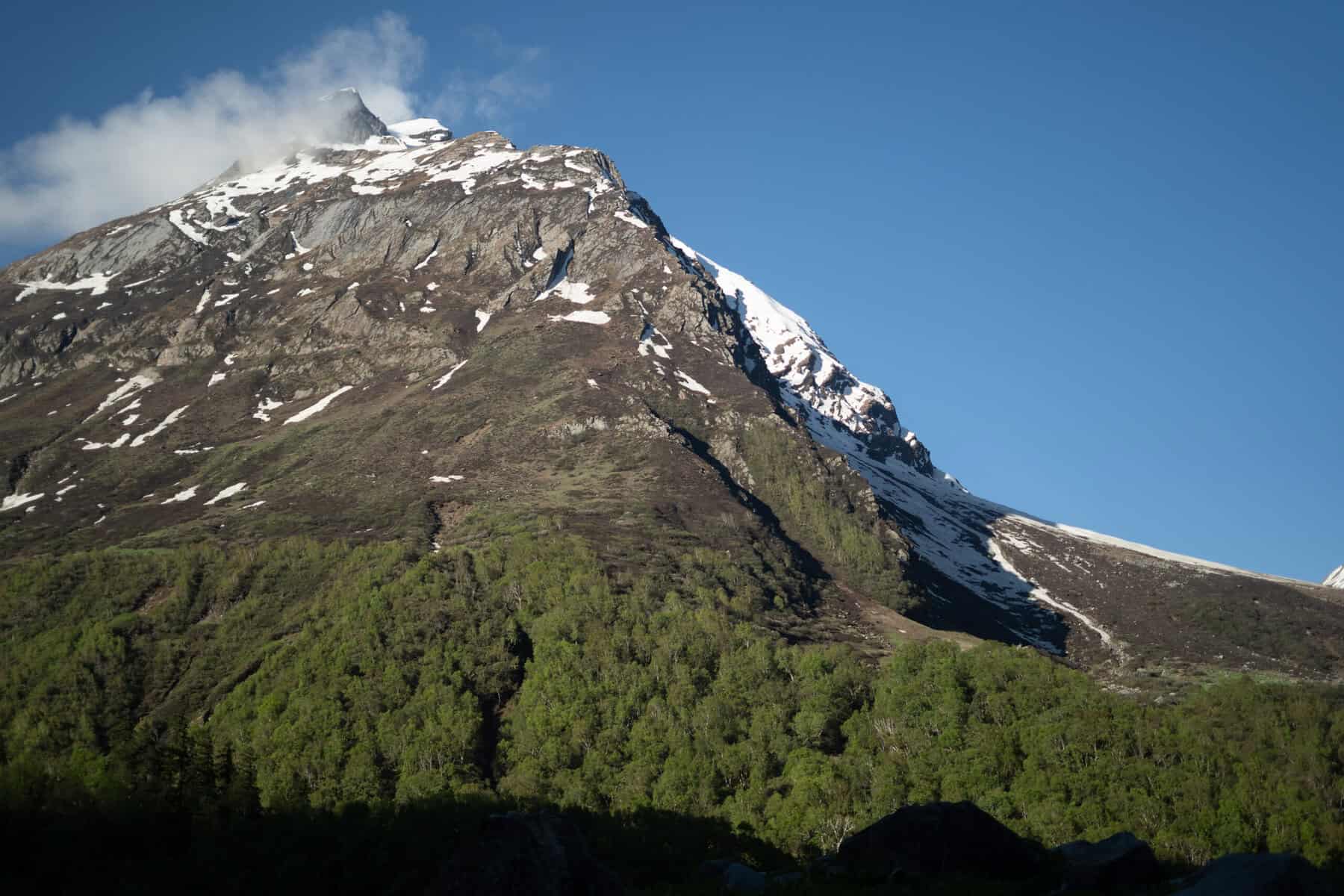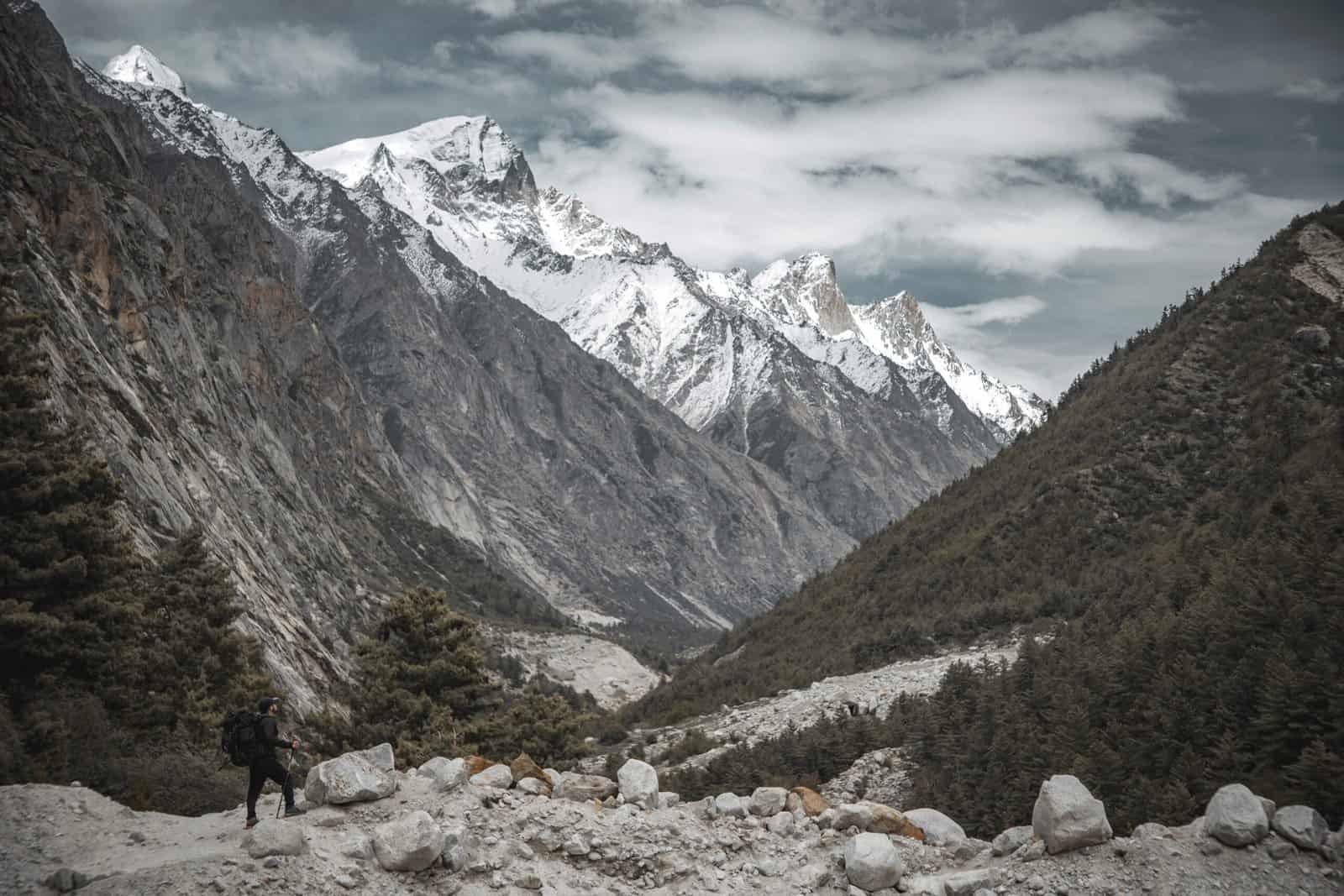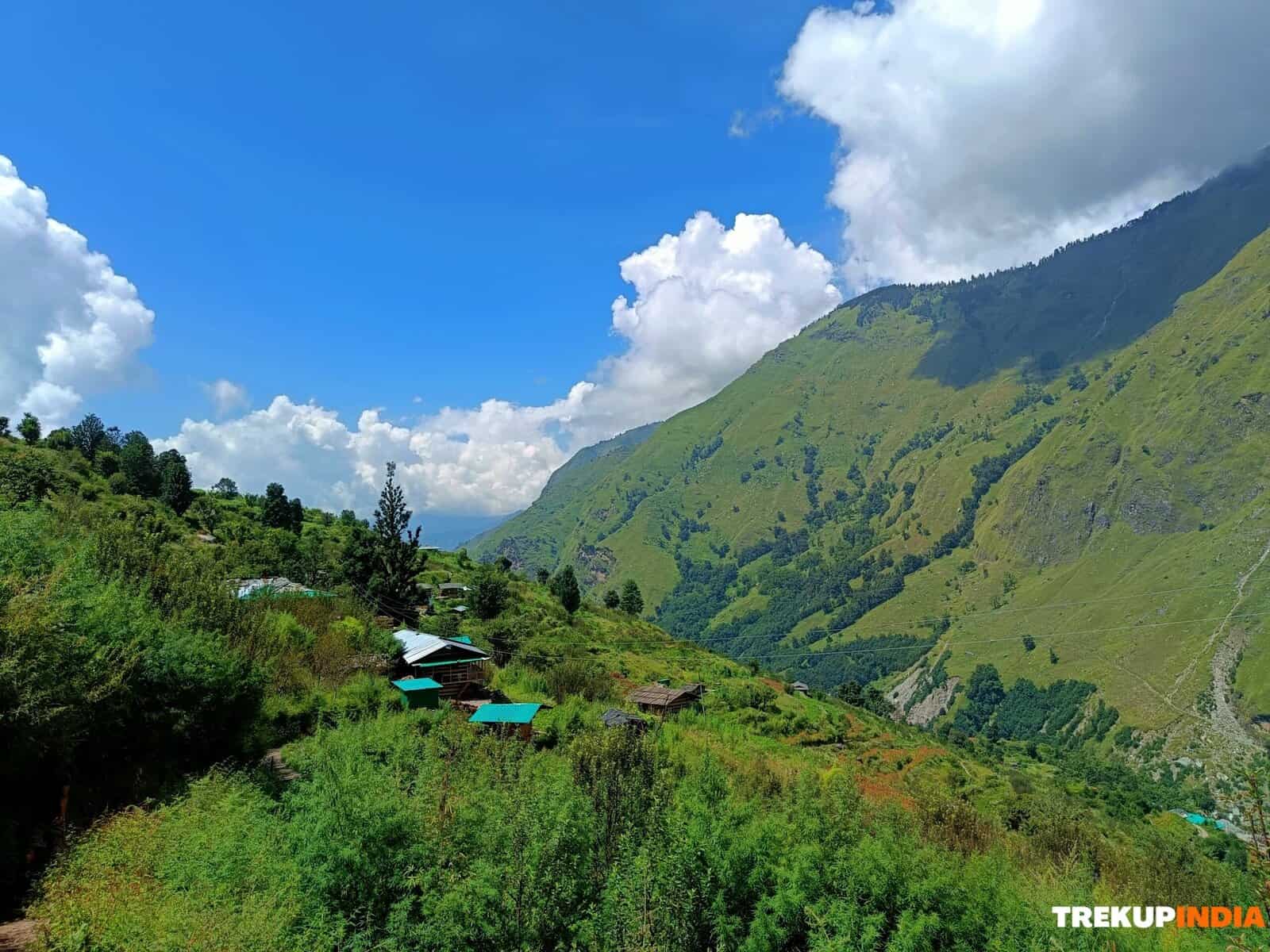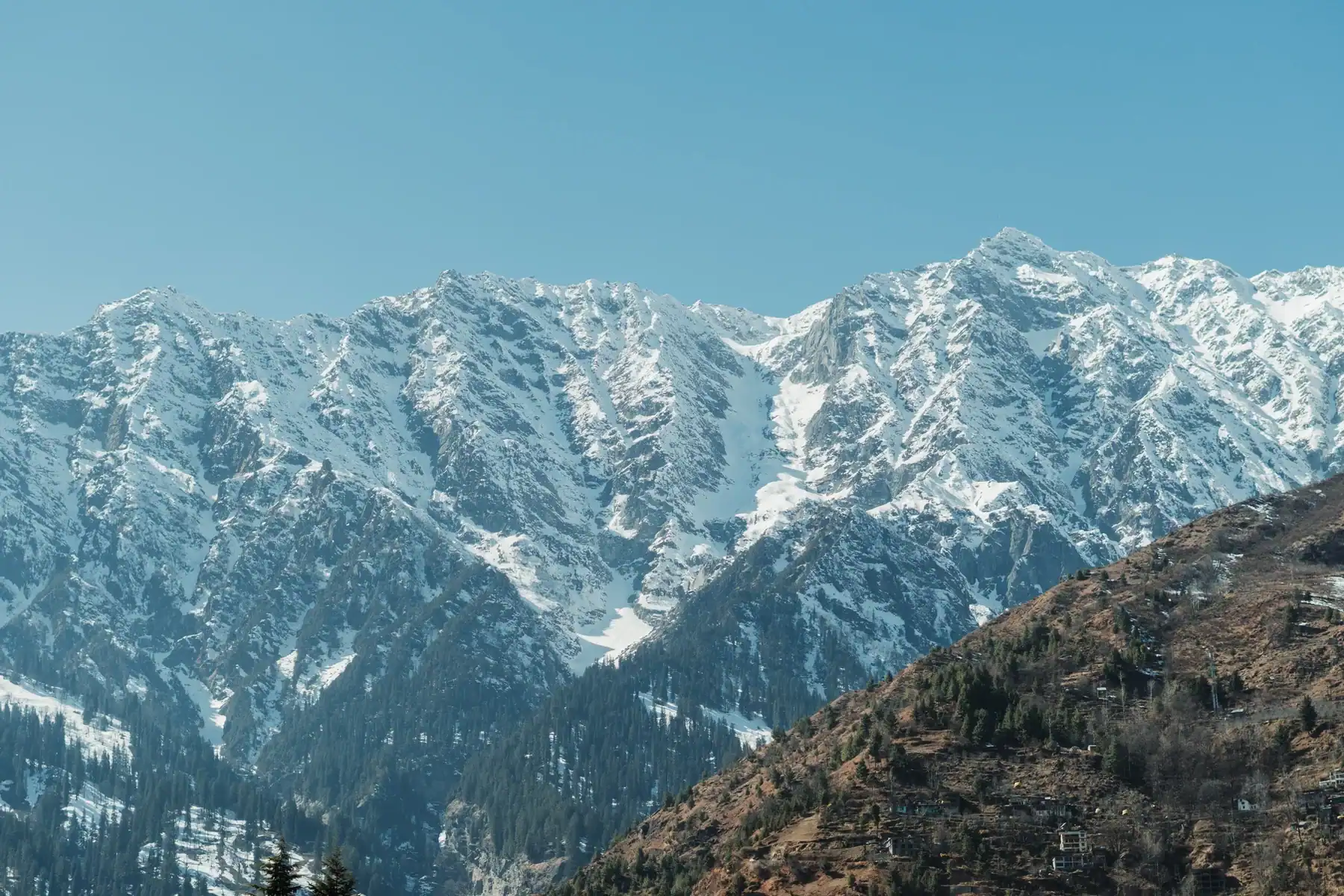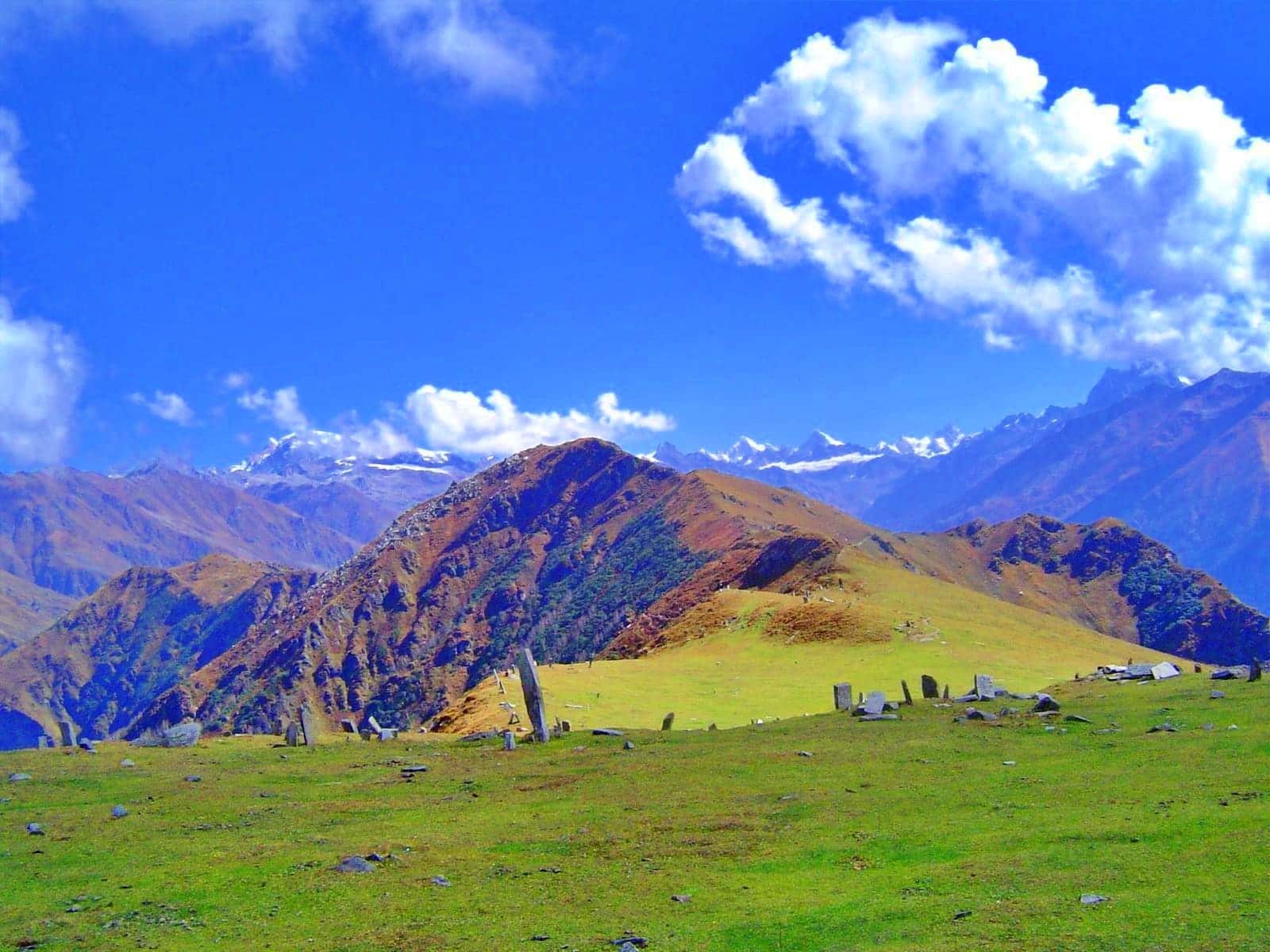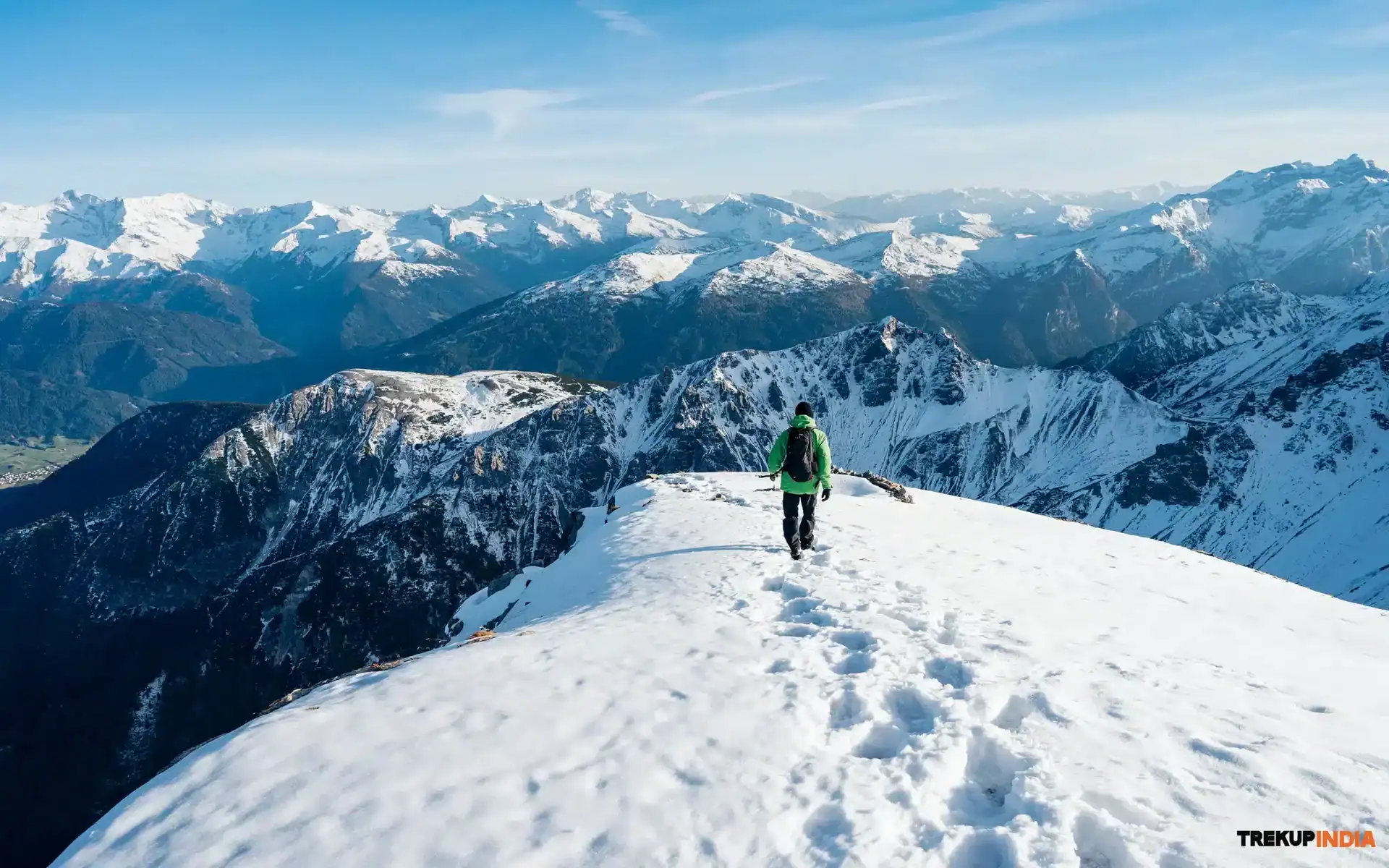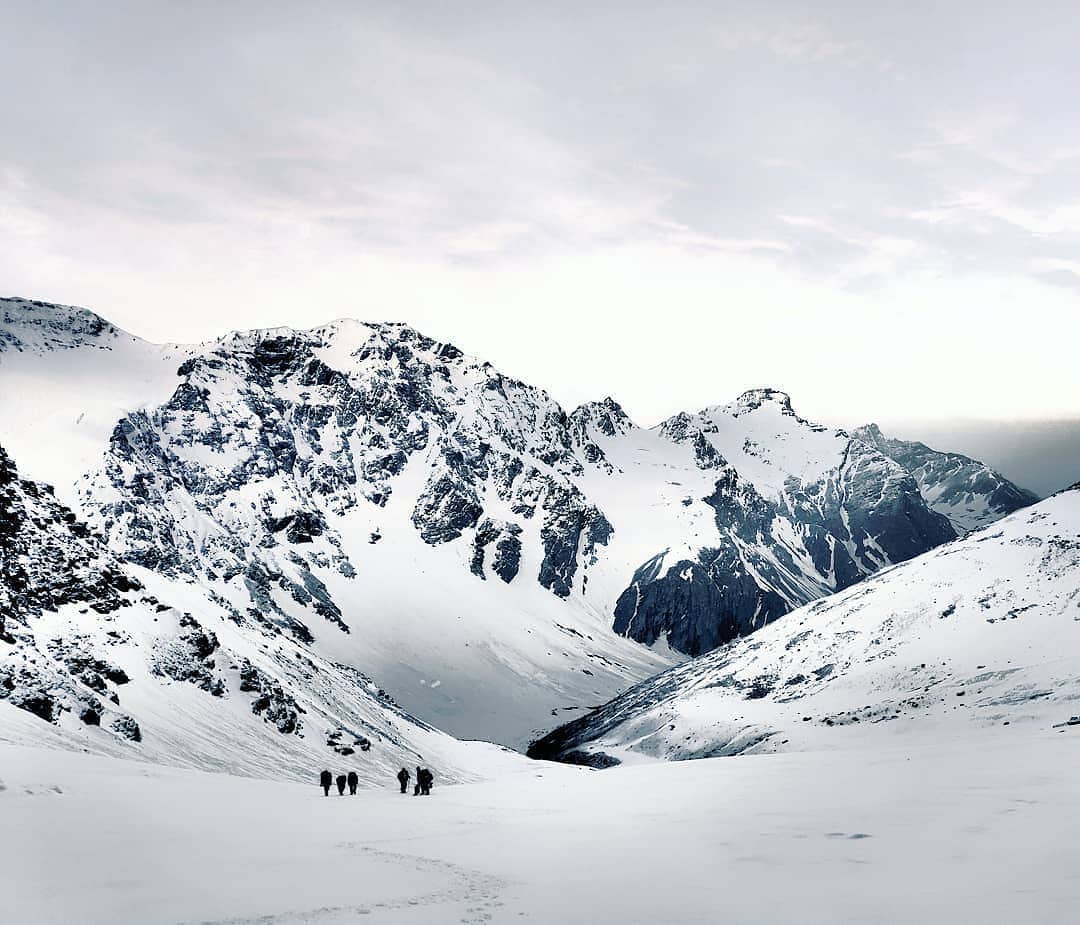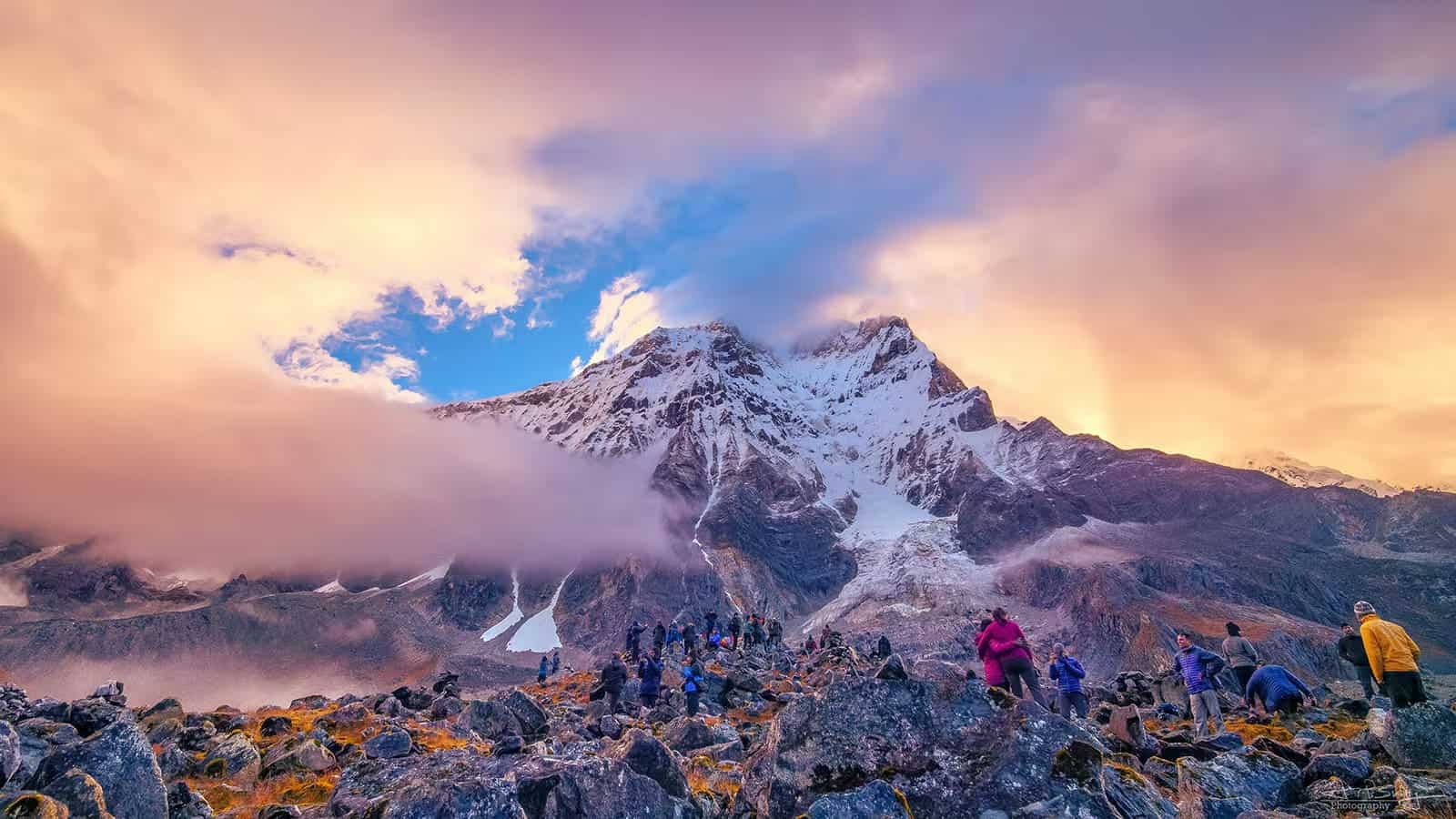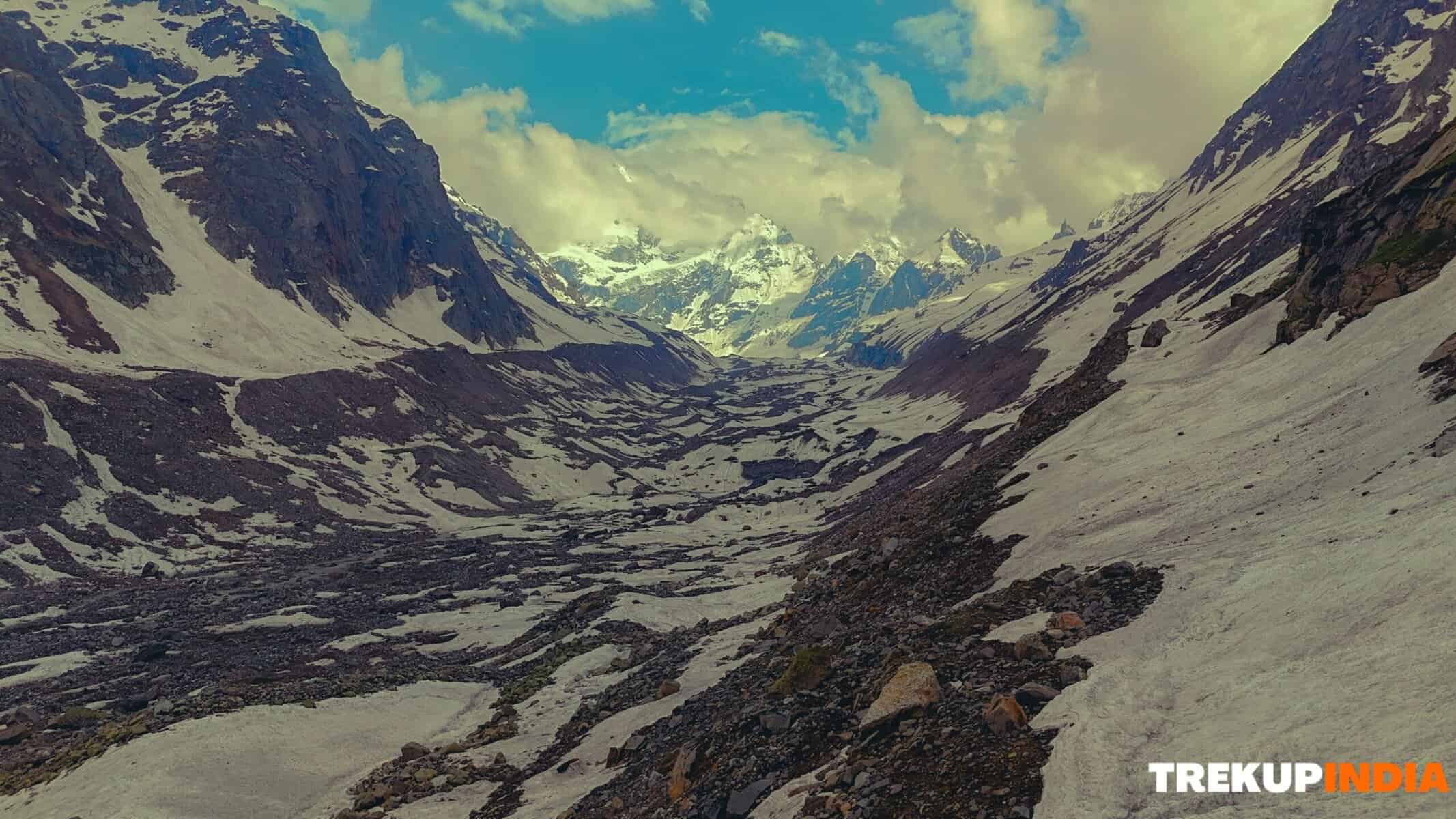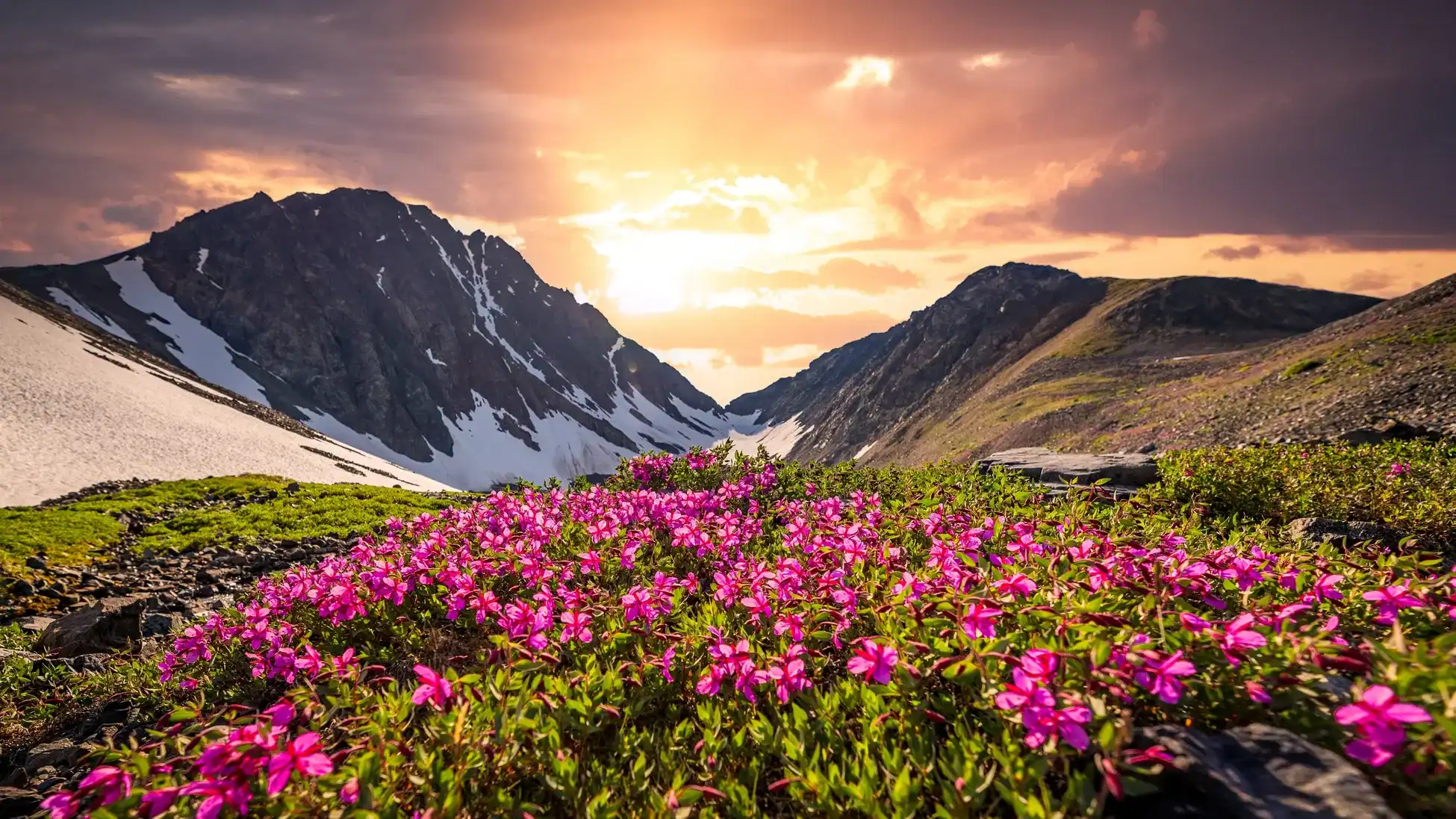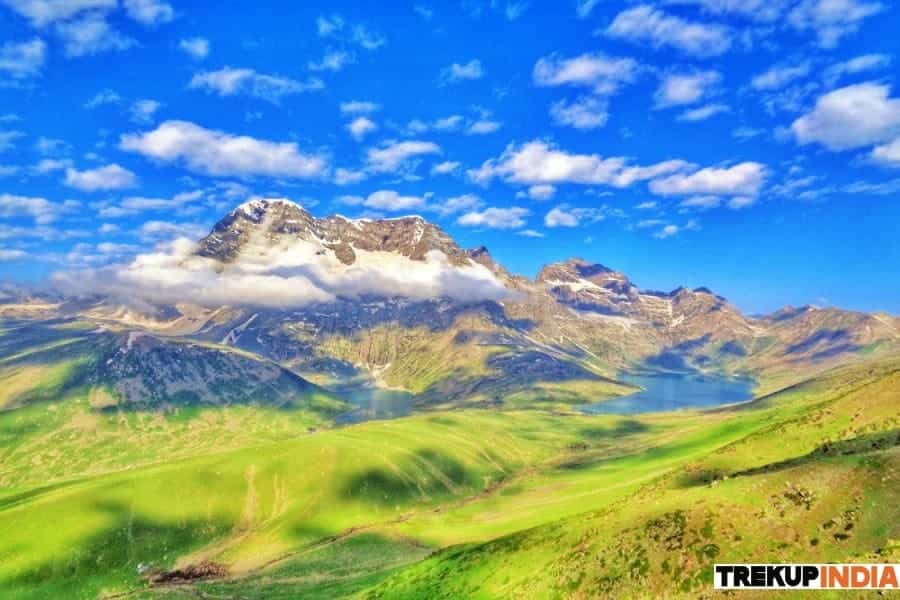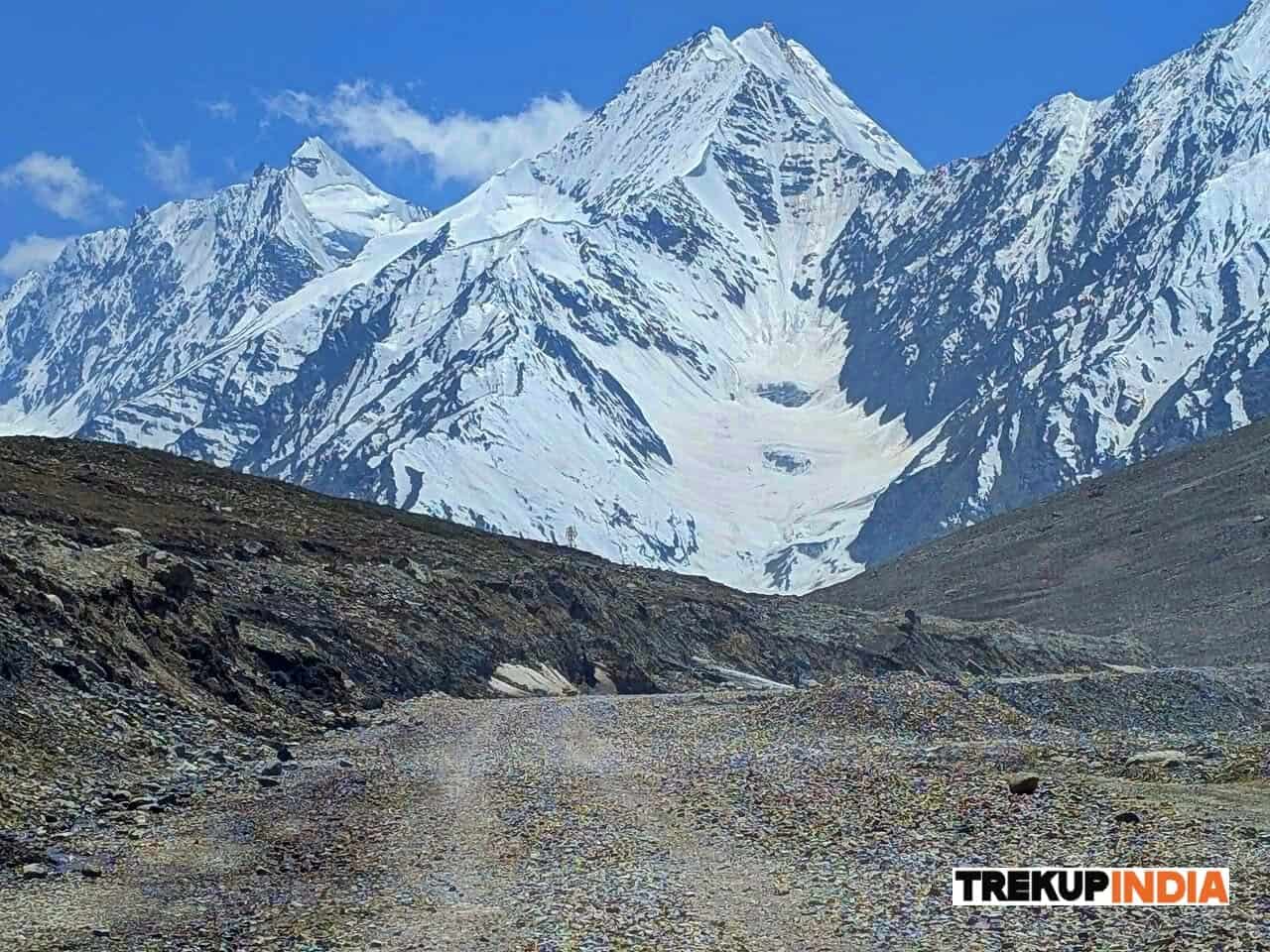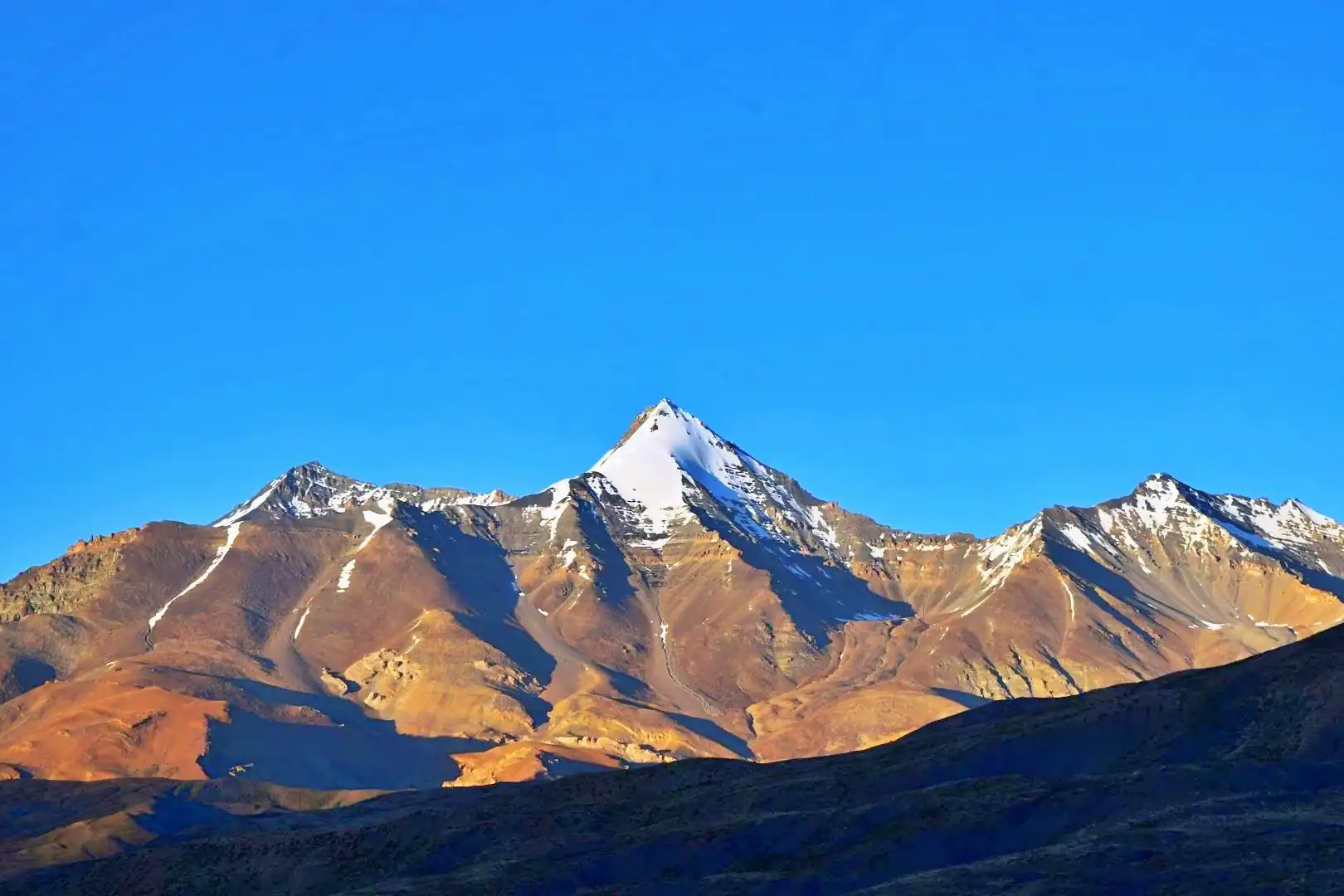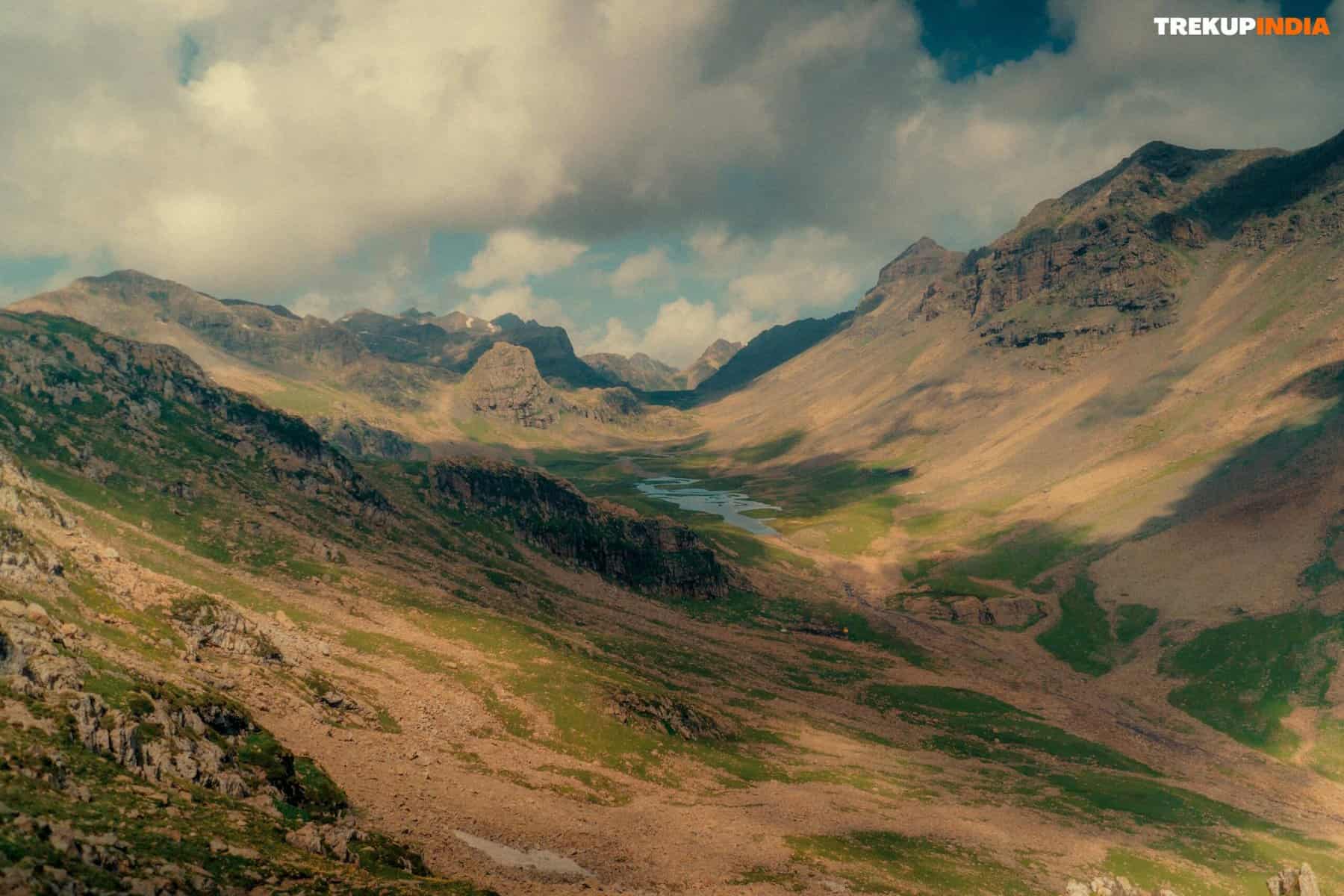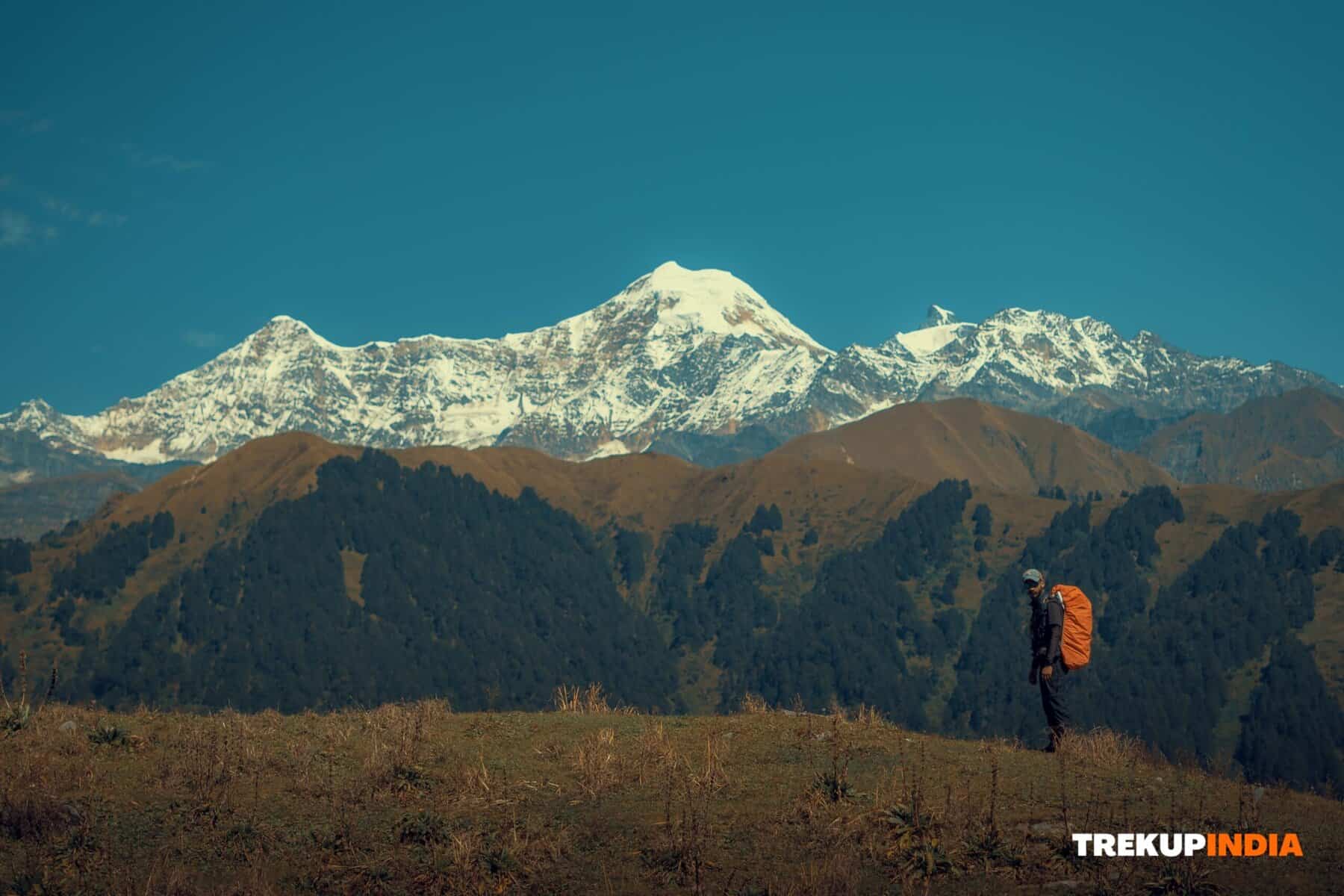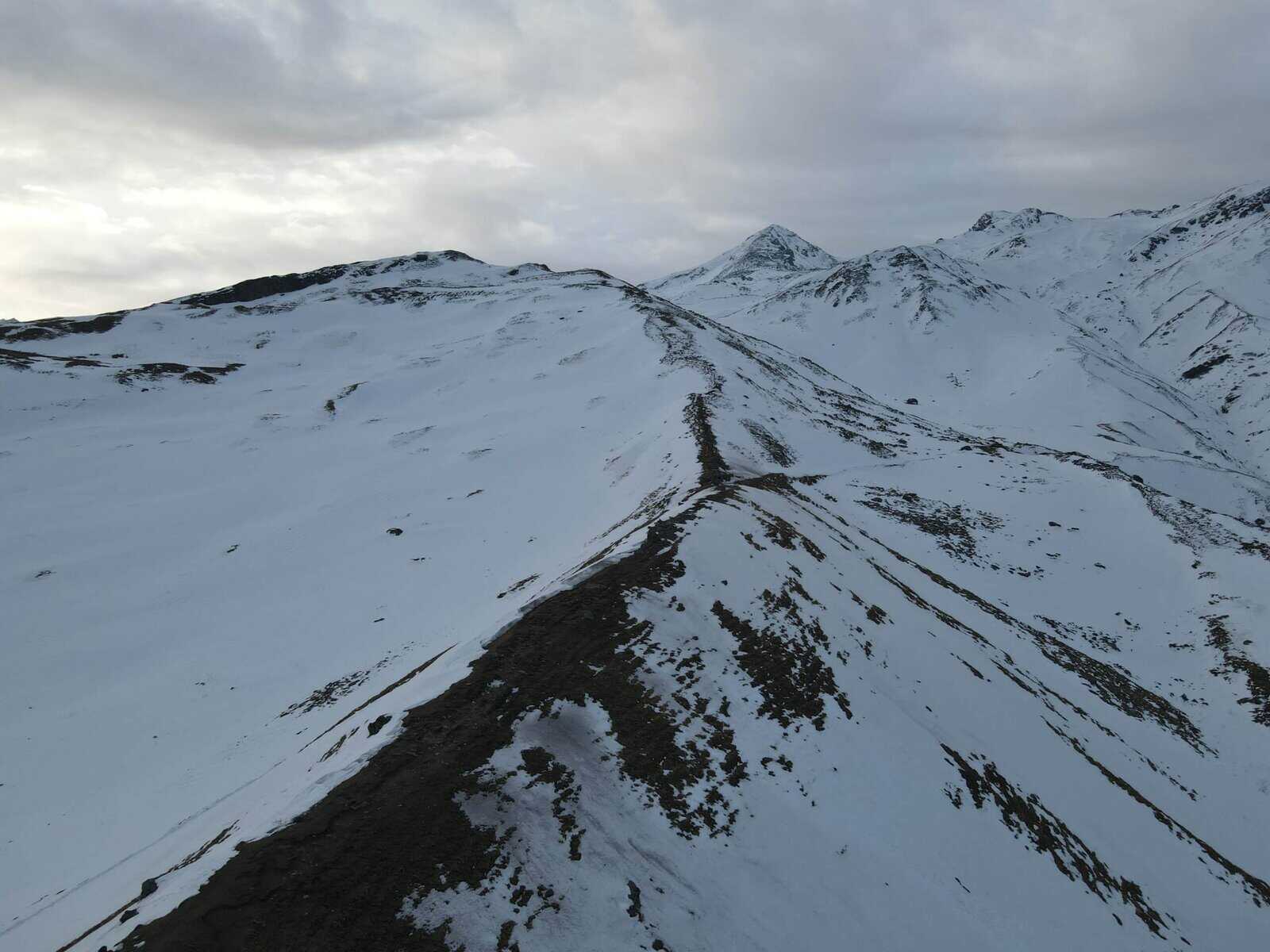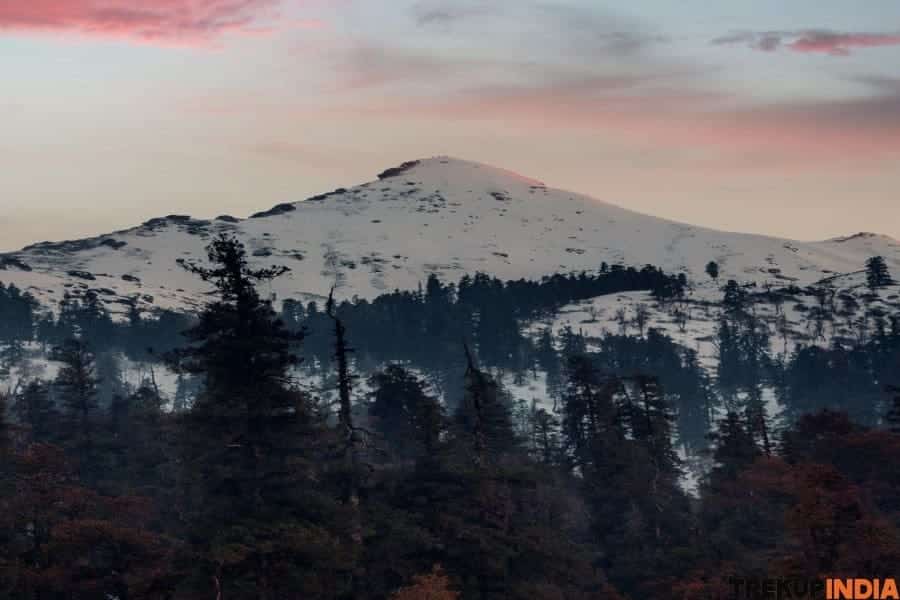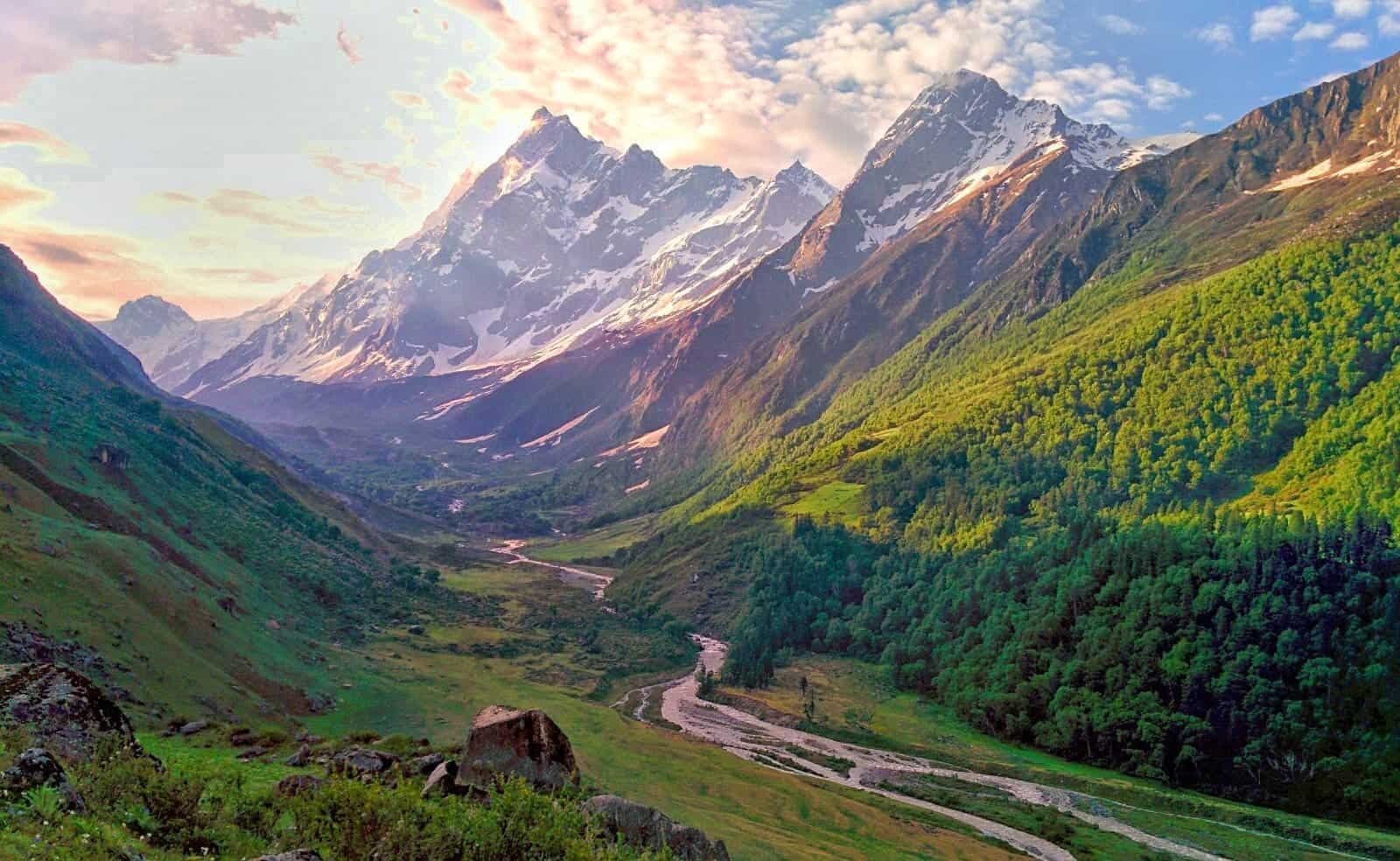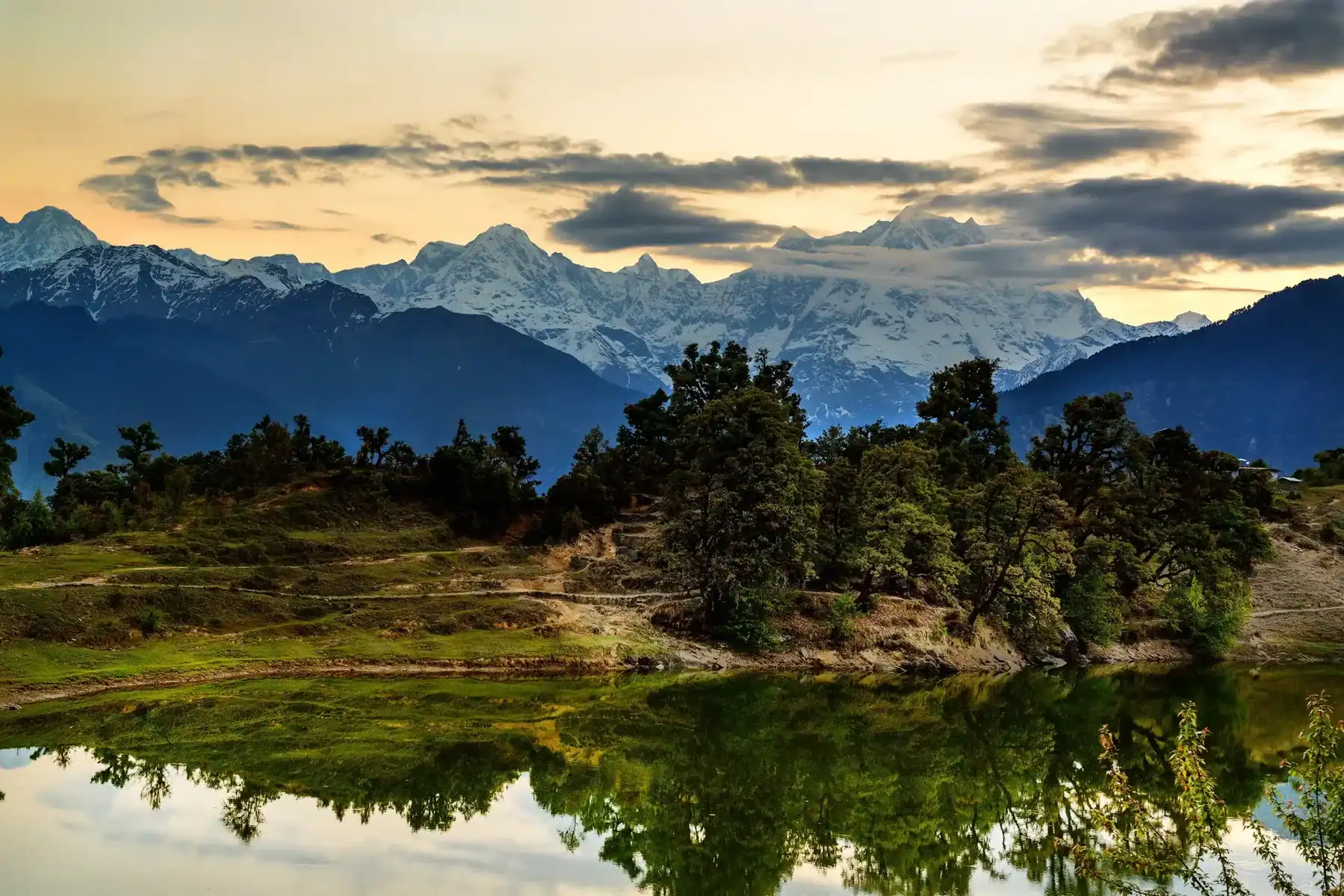Descending for Altitude Sickness: Best Proven Remedy
Trekking in the Indian Himalayas brings many rewards as well as risks, whether in Ladakh’s vast valleys or Uttarakhand’s mountainous zones. One of the main risks encountered by trekkers is altitude illness. TrekUp India stresses the life saving principle for its trekkers
“When in doubt, descend.” Just as medications, rest, and fluids all play an essential part in treating symptoms associated with altitude illness, Descent is often the safest and most efficient solution for ailments related to altitude, such as Acute Mountain Sickness (AMS), High Altitude Pulmonary Edema (HAPE), and High Altitude Cerebral Edema (HACE).
What Is Altitude Sickness?
Altitude sickness occurs when the body fails to adjust quickly enough to the lower oxygen levels found at higher altitudes, and most trekkers will experience symptoms anywhere above 2500 meters (8200 feet).
They range from minor discomforts to potentially life threatening issues.
Common symptoms of AMS:
- Pending Headache, Loss of Appetite, or Nausea and Malaise are all indicators.
- Light headedness, dizziness, or vertigo may occur due to exposure.
- Poor Sleep Quality and Fatigue, Shortness of breath during rest.
Warning Signs of HAPE/HACE (Severe Forms):
Breathlessness can become present within moments.
Coughing produces large volumes of fluffy sputum.
Sleeplessness, hallucinations, or walking that is disjointed may all indicate problems that require medical intervention.
Why Descent Works?
Lack of oxygen is the root cause of altitude sickness. As you ascend higher elevations, air becomes less dense, forcing your body to adapt in response. One effective solution to reverse this process is dropping down to lower altitudes where oxygen levels are high, so your body can heal itself more quickly.
What is the Minimum Amount of Descent Needed?
A drop of just 300 to 500 metres (1,600 – 1,900 feet) may make a big difference when symptoms are detected early enough.
TrekUp India's Protocol for Altitude Illness
All our trek guides adhere to these golden rules of conduct for altitude illness prevention:
- Recognize Early Symptoms Acute Myalgic Encephalopathy (AMS)
symptoms may arise quickly. If they continue for two hours after rest and fluid intake have taken place, consider it a serious threat.
- Do not ascend with symptoms
Trekkers exhibiting signs of Acute Mountain Sickness should refrain from climbing further instead, maintaining or even decreasing elevation will be their best bet for recovery.
3. Take Prompt Action If Severe Symptoms Appear
Any sign of HAPE or HACE requires immediate and swift decline and immediate retraction without delay or discussion.
- Employ Medical Aids during Descent
Use oxygen, Diamox (acetazolamide), or Dexamethasone according to instructions from experienced personnel while trekking.
- Make Sure the Trekker Is Accompanied
A person suffering from sickness must always climb with a tour guide or group of companions; never attempt the Descent on their own.
Preventing Emergency Descent
Descent is often the best solution; however, to limit its use, it’s wiser to address serious symptoms early.
To do so successfully:
- Begin your trip gradually and allow enough time for you to adjust and acclimatize.
- Be sure to drink enough water and consume nutritious food.
- Stop consuming alcohol or tobacco, be mindful of warning signs before they show themselves, and listen for any changes in your body.
Mountain Talk Is Real
Many trekkers attempt to “tough it out,” hoping that altitude related sickness will pass quickly. Unfortunately, every summit shouldn’t come at the cost of risking someone’s life and long term issues; TrekUp India has seen how rapid descents have saved lives and prevented long term issues.
Before embarking on a climb of Kashmir’s highest altitude lake or trekking through Kedarkantha’s snowy roads, always keep in mind the importance of health for your body.
Conclusion
TrekUp India has witnessed repeatedly how timely descents save lives sometimes in just minutes! Medication, hydration, and rest all play their parts when recovering, but descent remains the best and fastest treatment available. Keep a keen eye on your body. If any signs of illness arise, take swift action and notify the trek leader immediately; do not be intimidated into stopping when taking steps backward. Weather changes quickly on mountain treks, so your well being must come first.
About Author

Nanda Rawat (Operation Manager)
Nanda Rawat holds a Master’s degree in Tourism and Hospitality and is a seasoned professional specializing in Adventure and Leisure Travel. As a travel specialist and consultant, his core mission has always been to deliver exceptional service by sharing the full breadth of his experience, ensuring client satisfaction on a global scale.
With over 16 years of experience, Nanda has worked with three well-established tourism companies, gaining deep insight into both inbound and domestic travel operations. He has contributed directly and indirectly to the Adventure Tour Operators Association of India (ATOAI) and has participated in multiple Immediate First Aid Training programs at the Indian Mountaineering Foundation (IMF).
In addition to his fieldwork, Nanda has shared his expertise through guest lectures in tourism and hospitality at various universities. He has independently led numerous expeditions across the Indian Himalayas and was actively involved in the rescue operations during the 2010 Ladakh flash floods.
In recognition of his outstanding coordination skills, he was honored with the Best Travel Coordinator Award by Joy James Educational Trust in 2012. A strong advocate of ethics, sustainability, and eco-tourism, Nanda takes great pride in being an integral part of Trekup India.
Write to him at: nanda@trekupindia.com
Share this article
Dates For Upcoming Treks
Want To Trek Like Pro?
Basically, watch these videos if you want to trek the same way professional trekkers do and make your skills better. These videos contain useful tips and techniques to further improve your trekking skills itself. These videos actually help both new and experienced trekkers improve their trekking skills. These videos definitely provide useful tips that make your trek better. We are seeing that these videos by Trekup India experts will only help you make your trekking skills better.
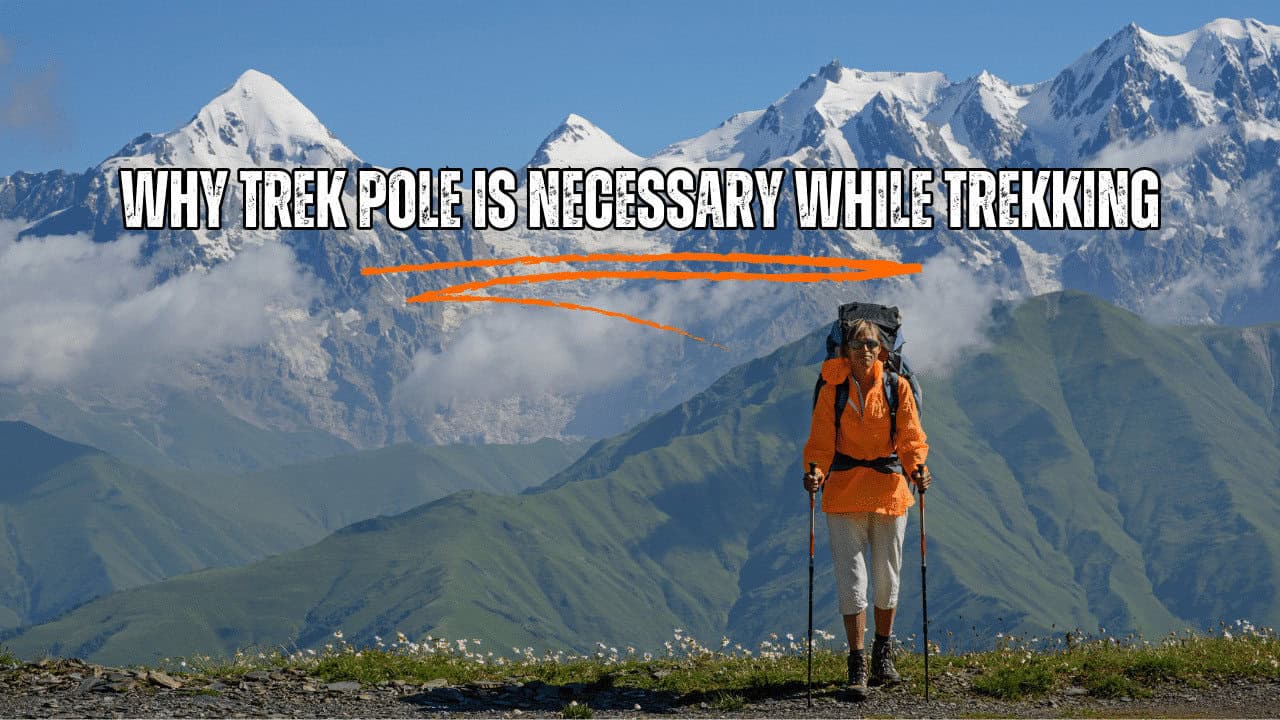
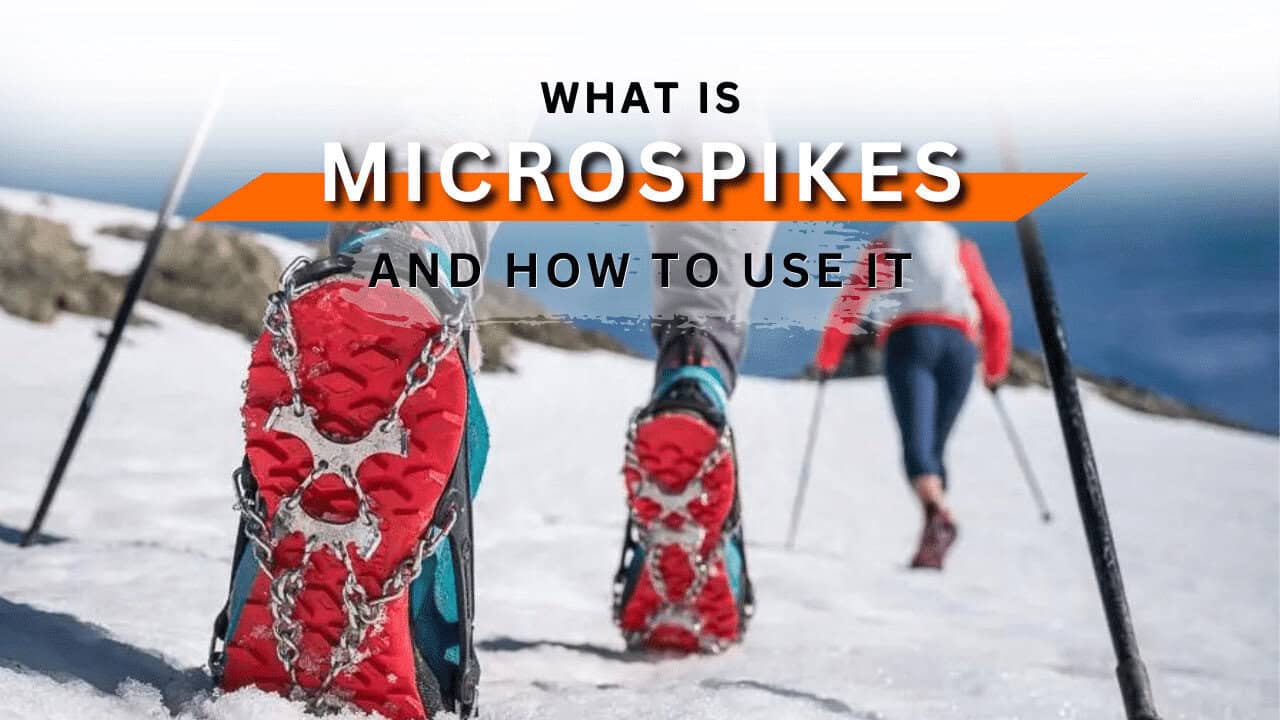

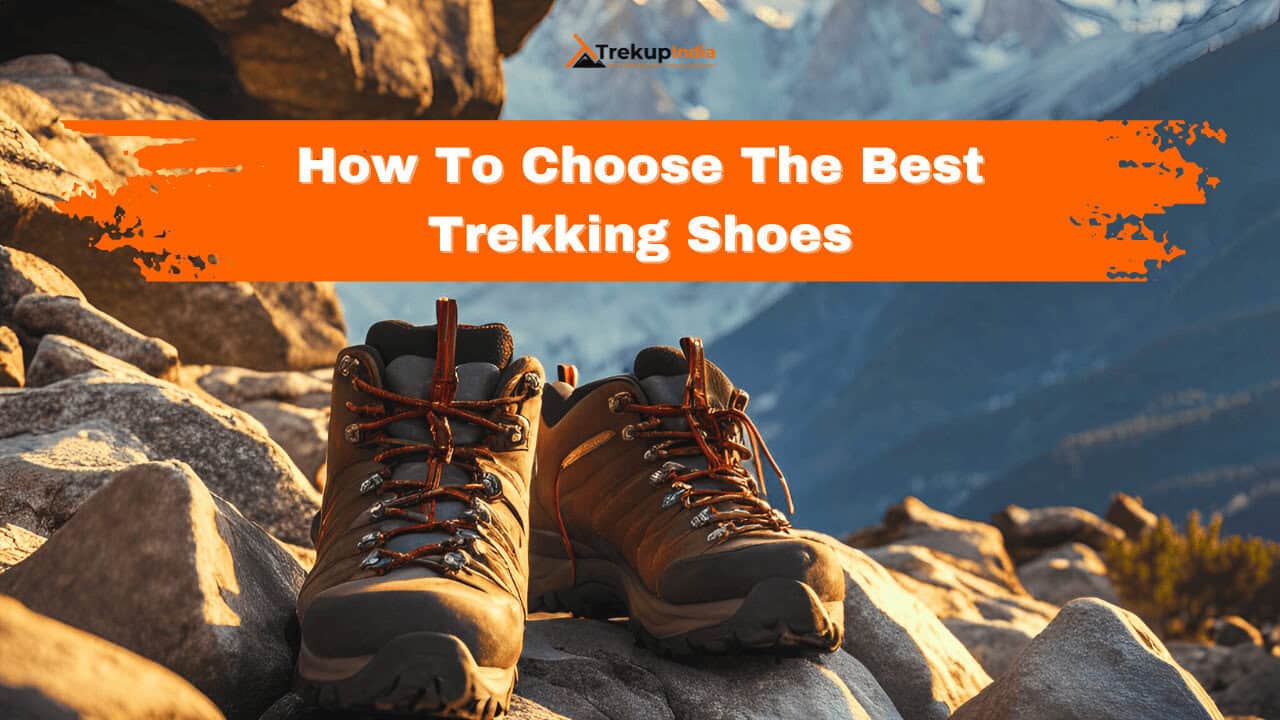
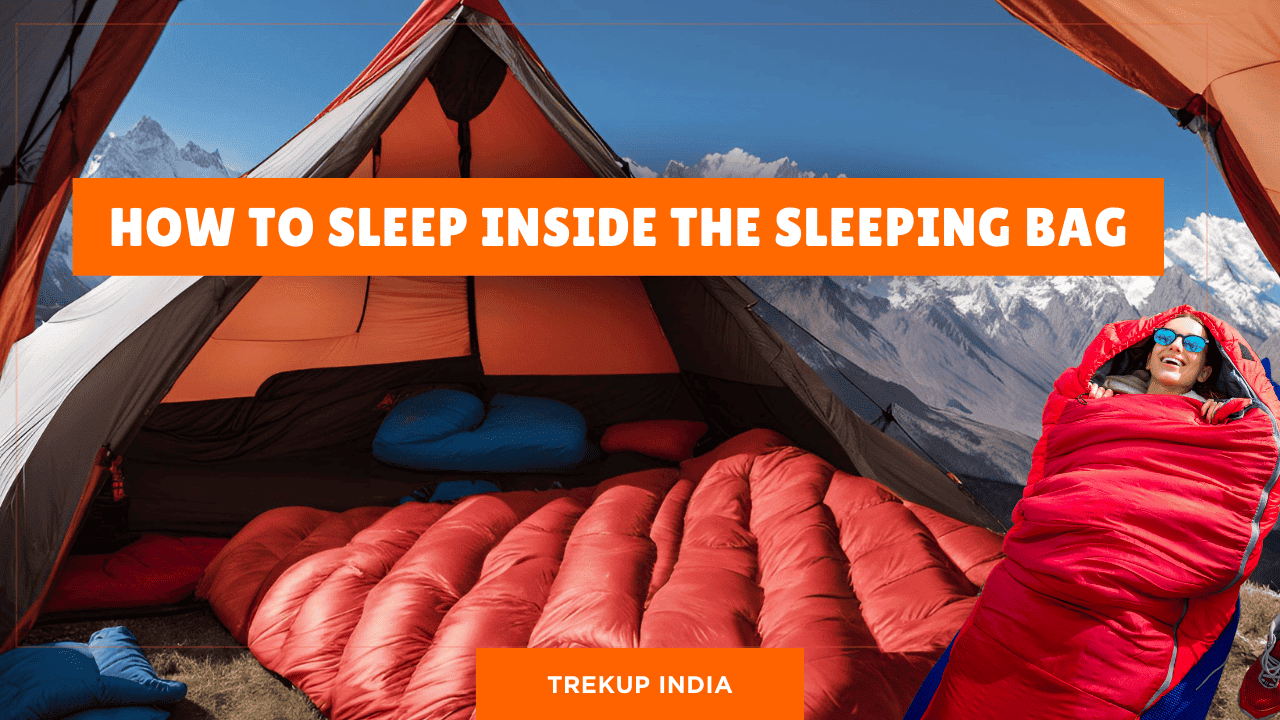
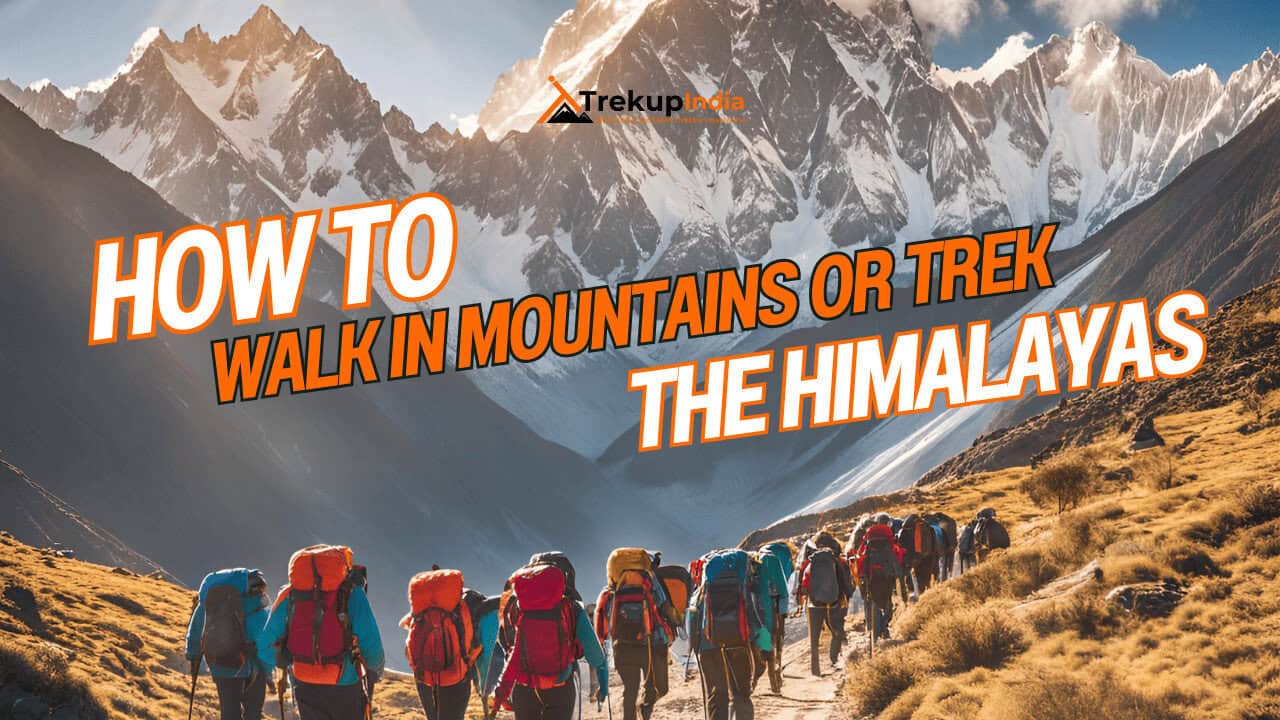
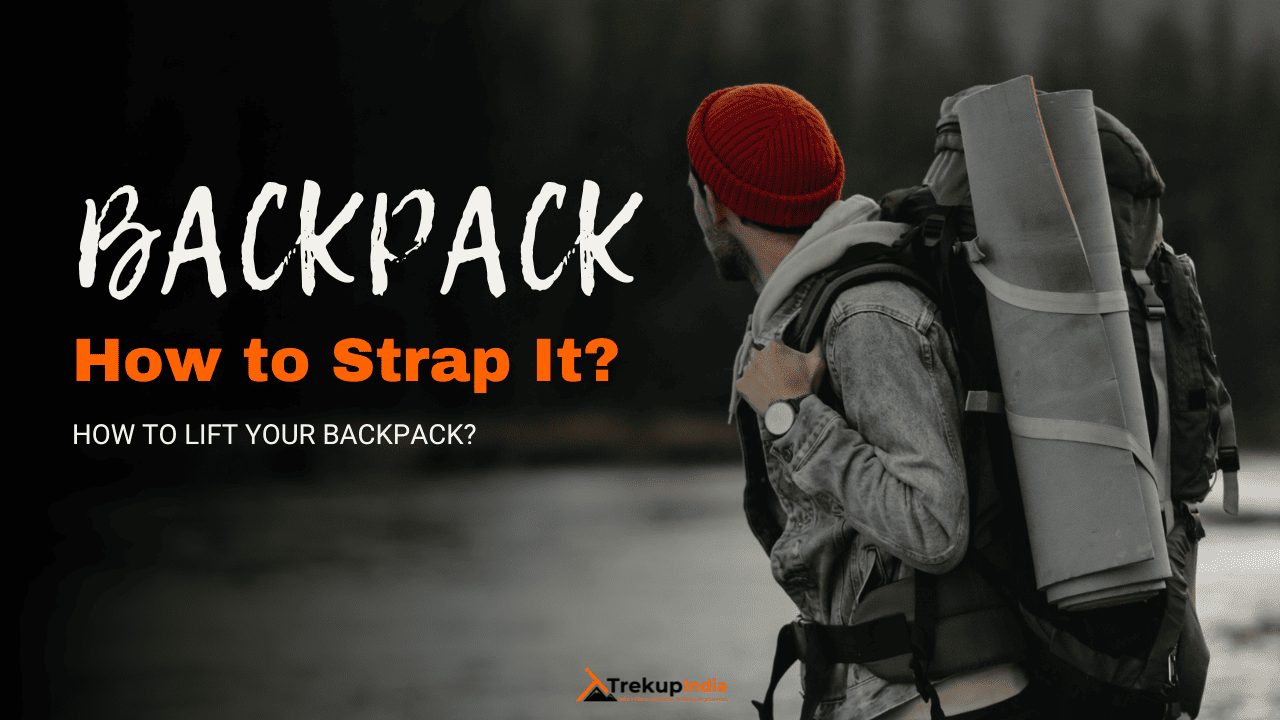
Know Everything About Acute Mountain Sickness
Acute Mountain Sickness occurs when people trek to high altitudes above 8,000 feet. This condition itself develops further due to reduced oxygen levels at such heights. Basically, as you go higher up, the air pressure and oxygen levels decrease, which causes the same problem. Acute Mountain Sickness surely causes headache, nausea, vomiting, and dizziness in affected persons. Moreover, peoples also experience difficulty in sleeping during this condition. To avoid mountain sickness, you should actually trek up slowly to higher altitudes. To learn further about this condition itself, watch the videos by Trekup India.
